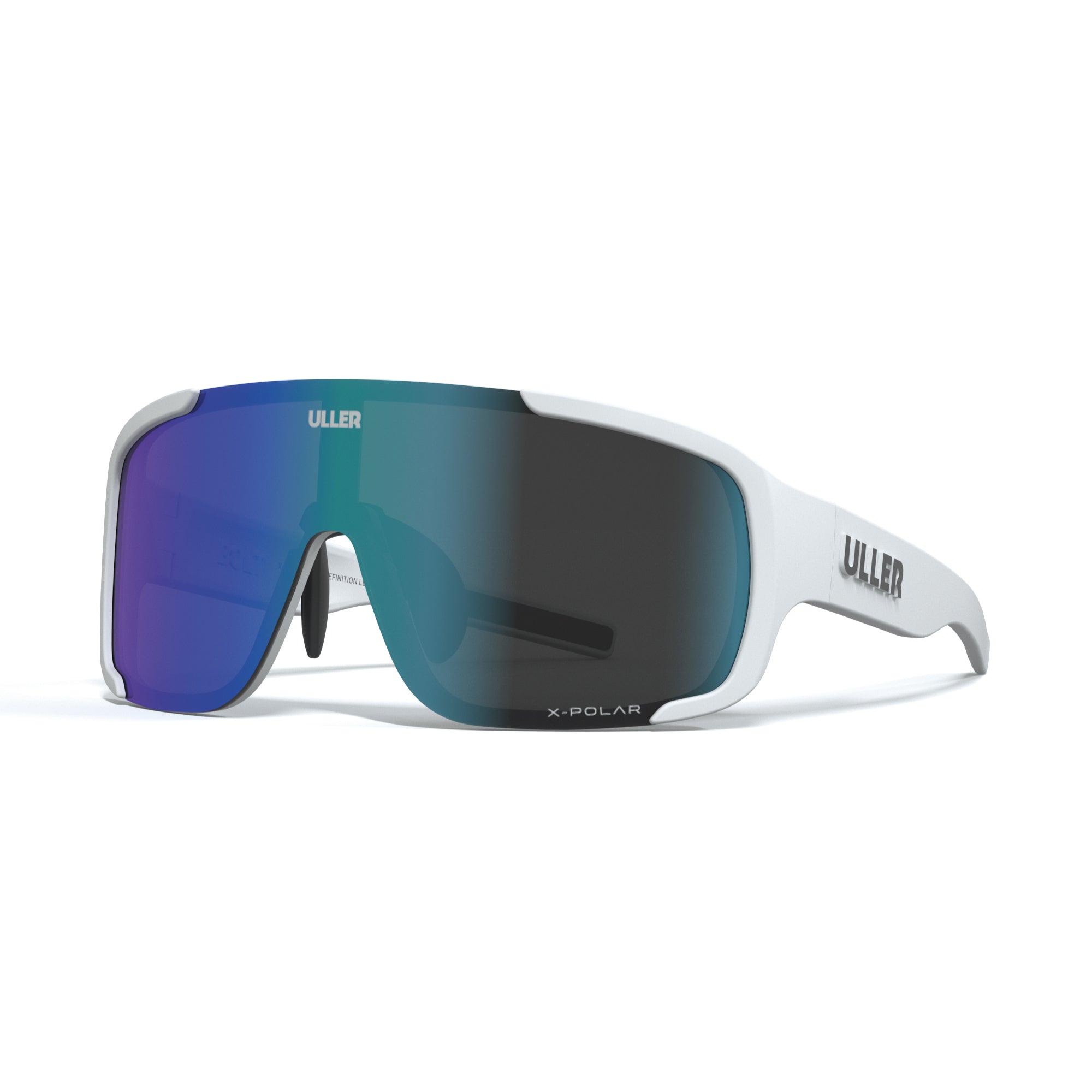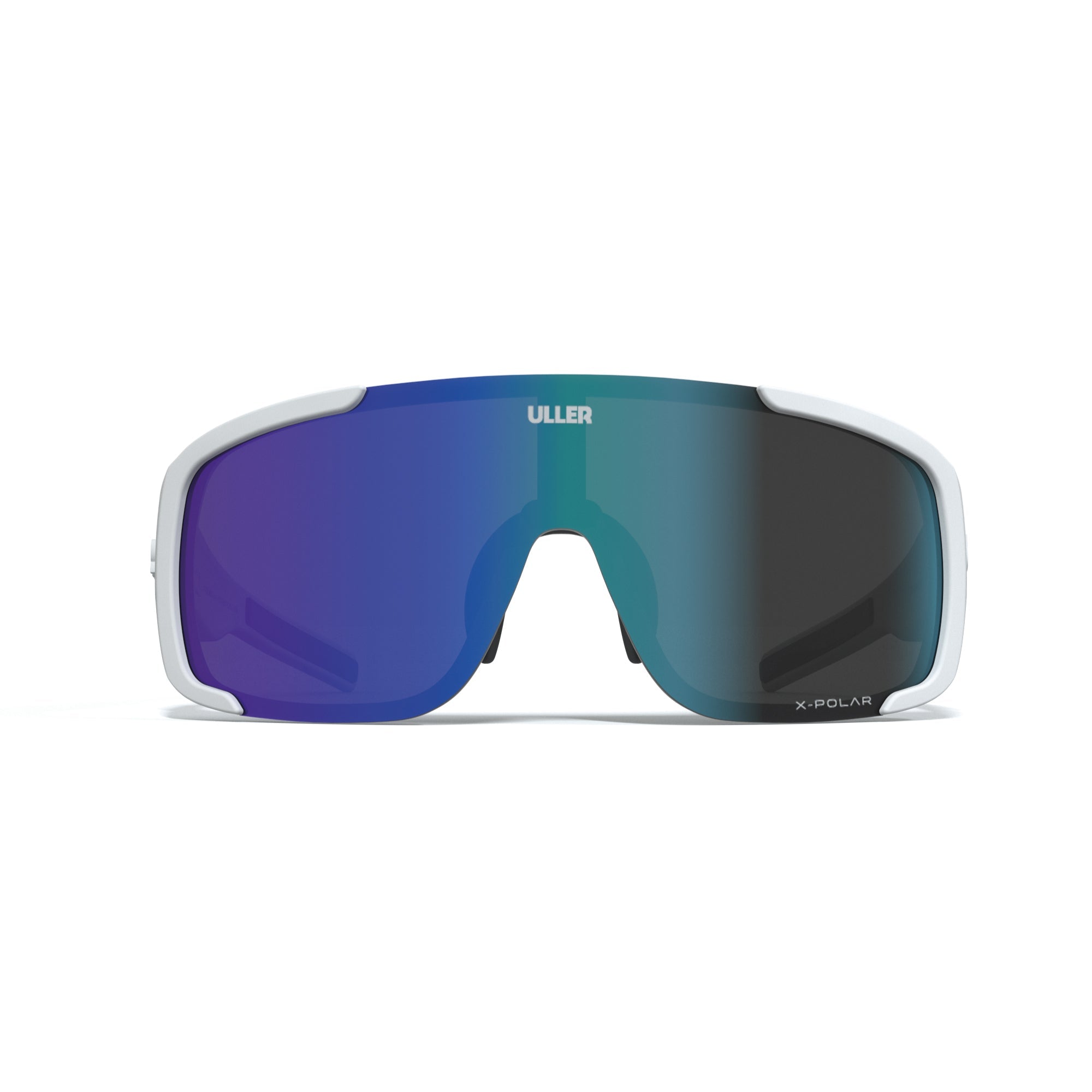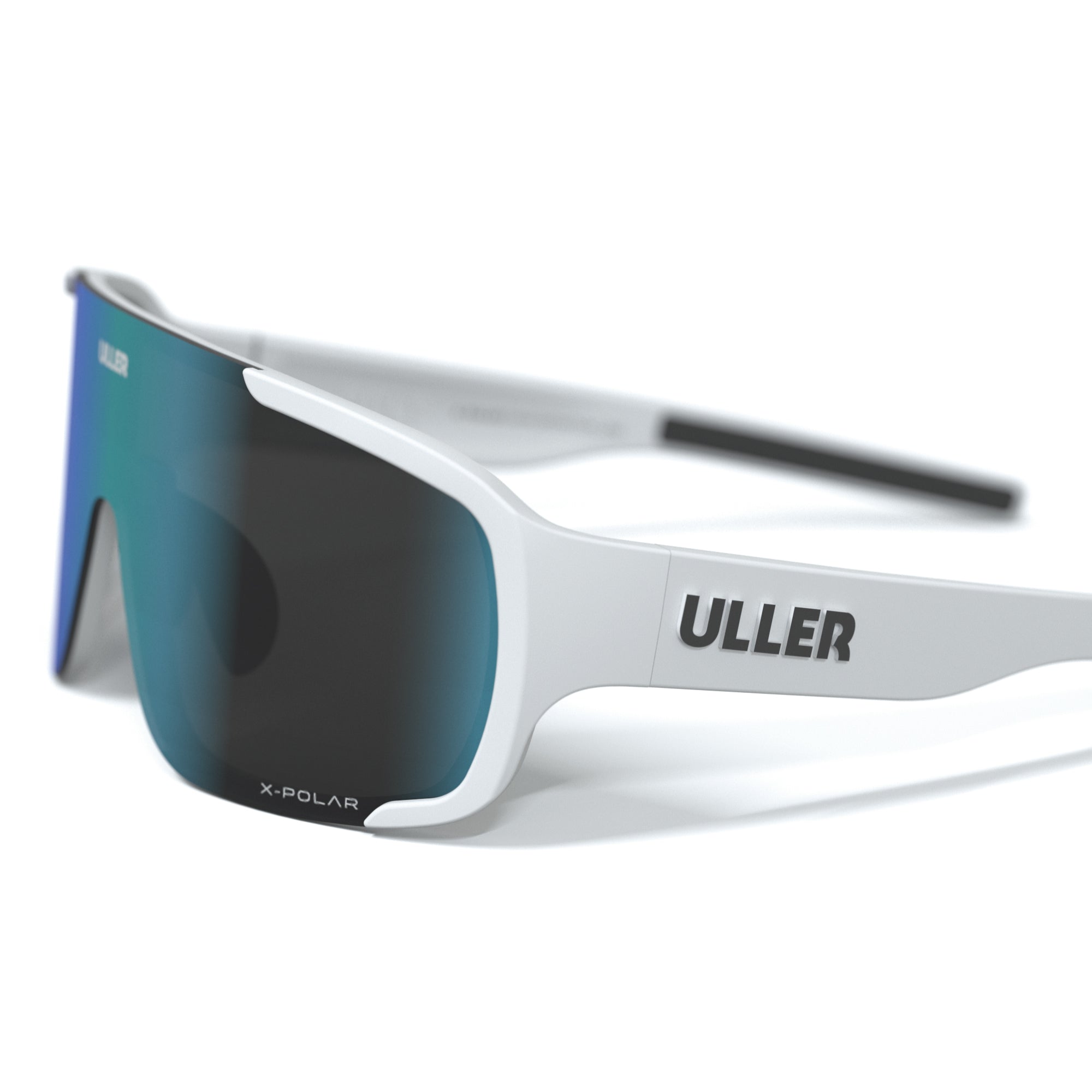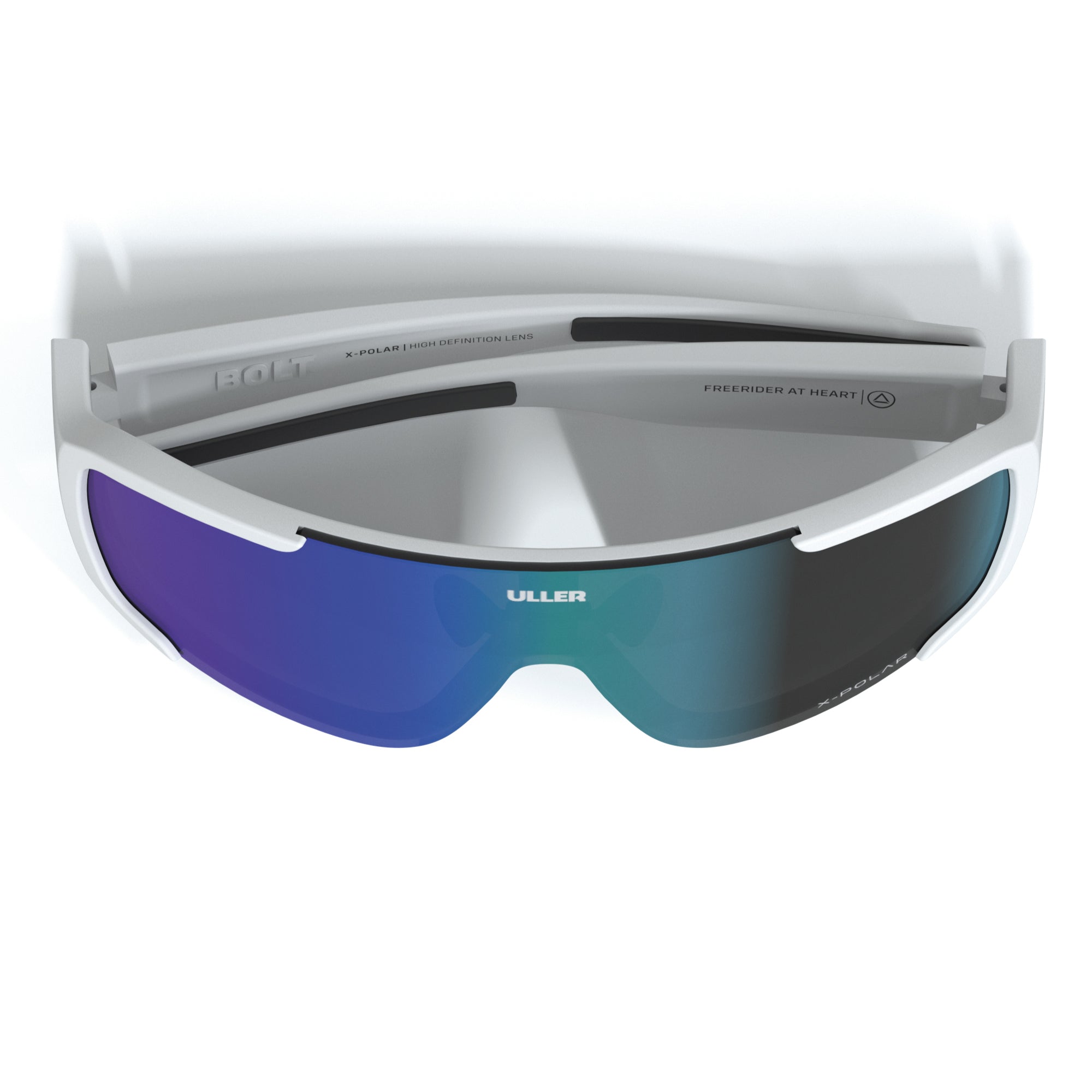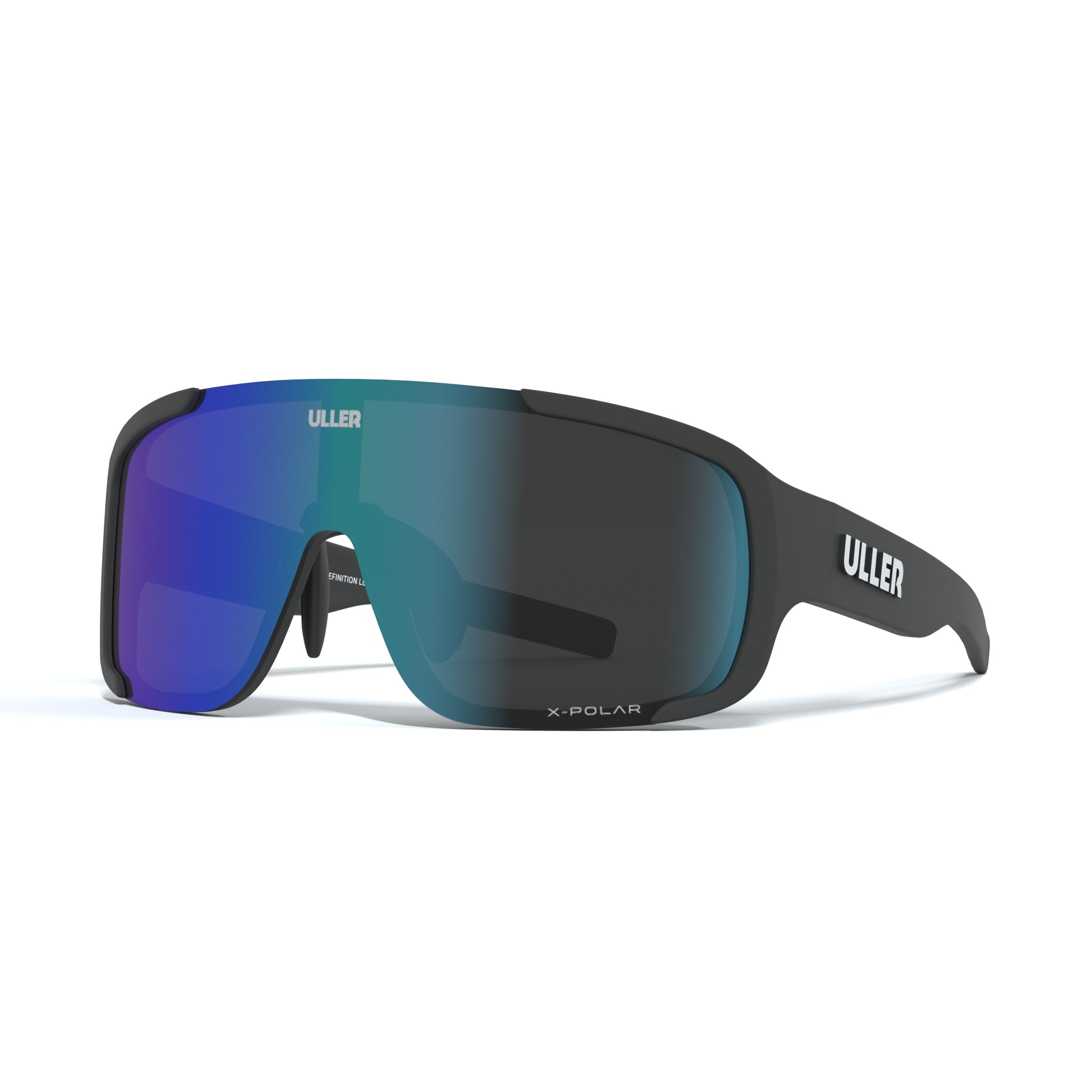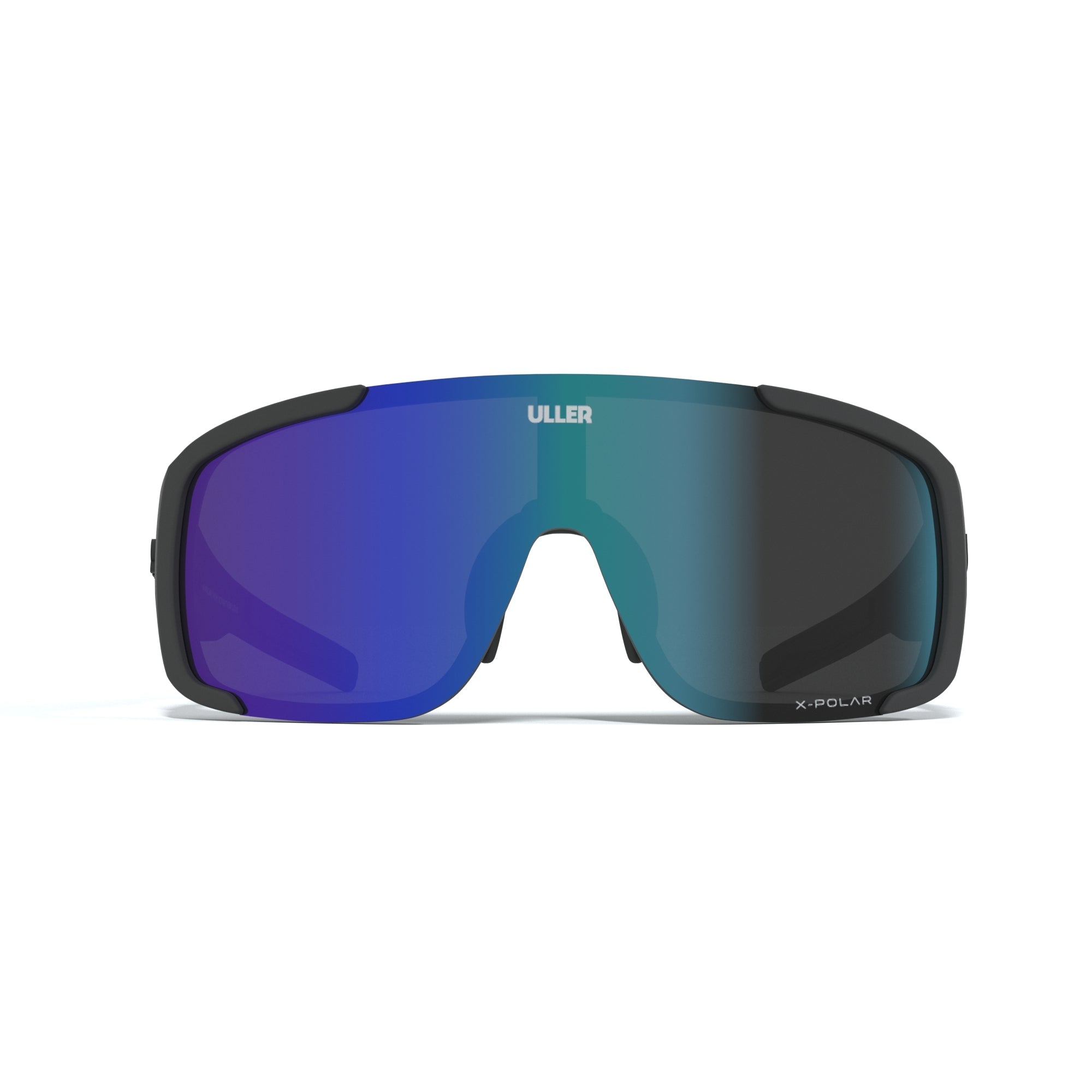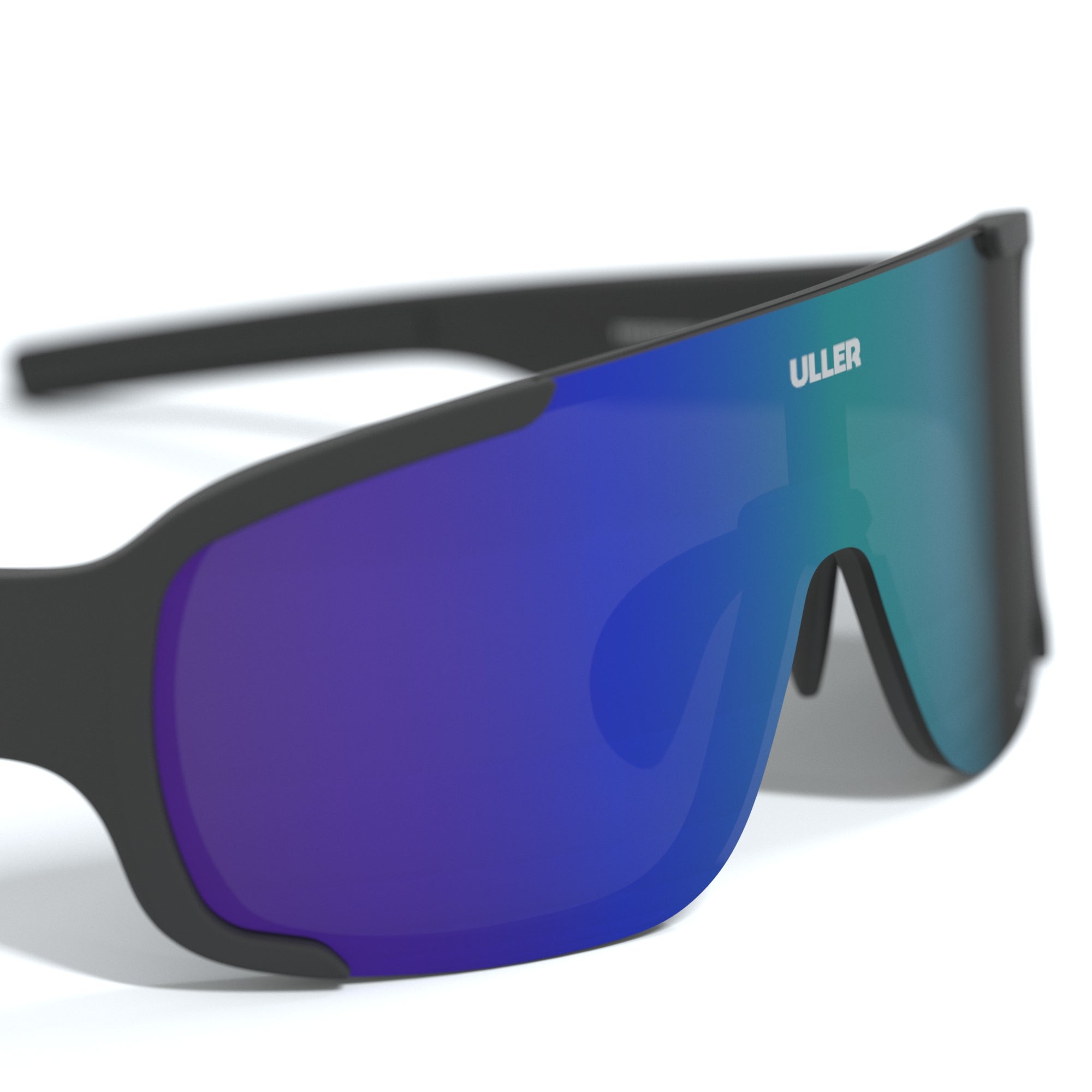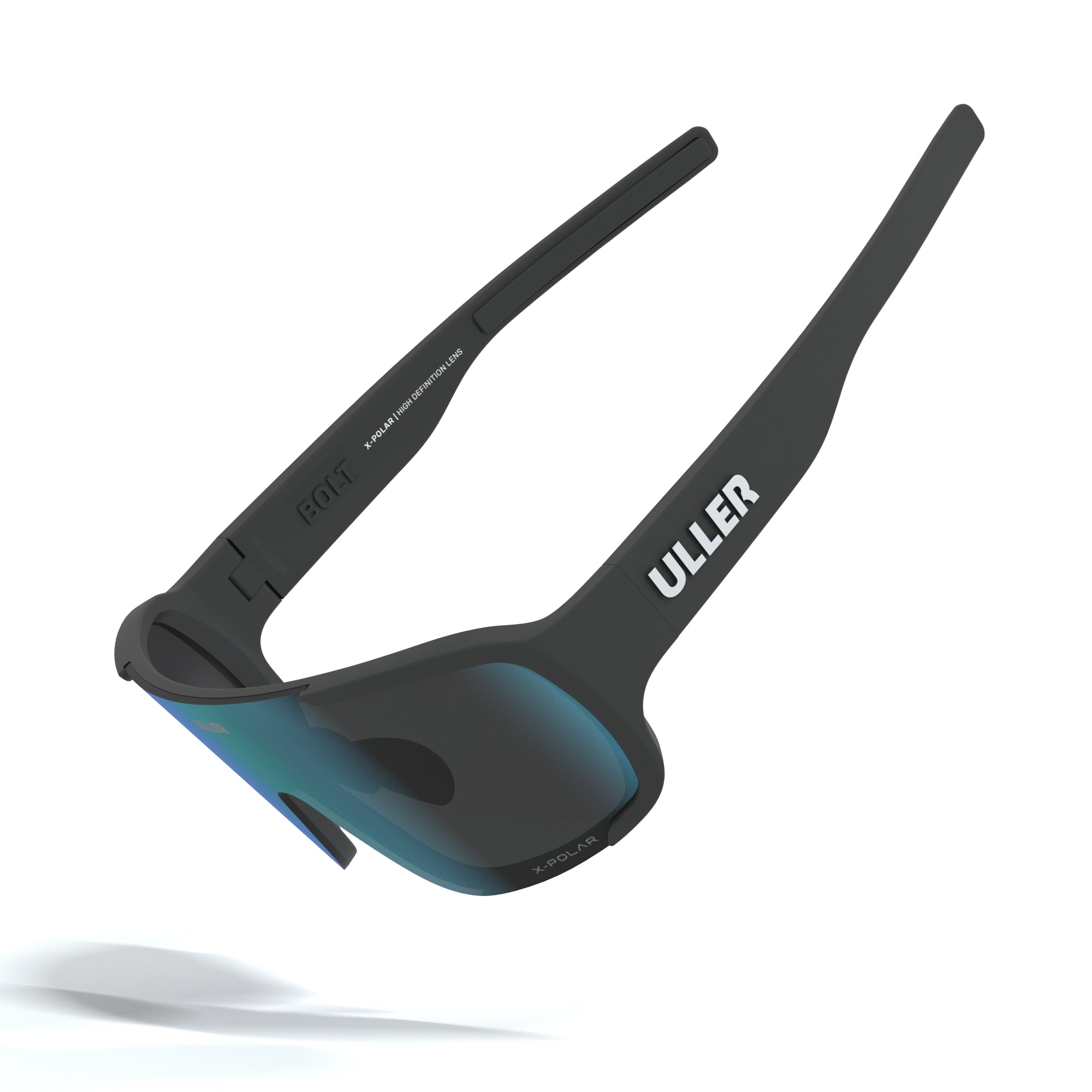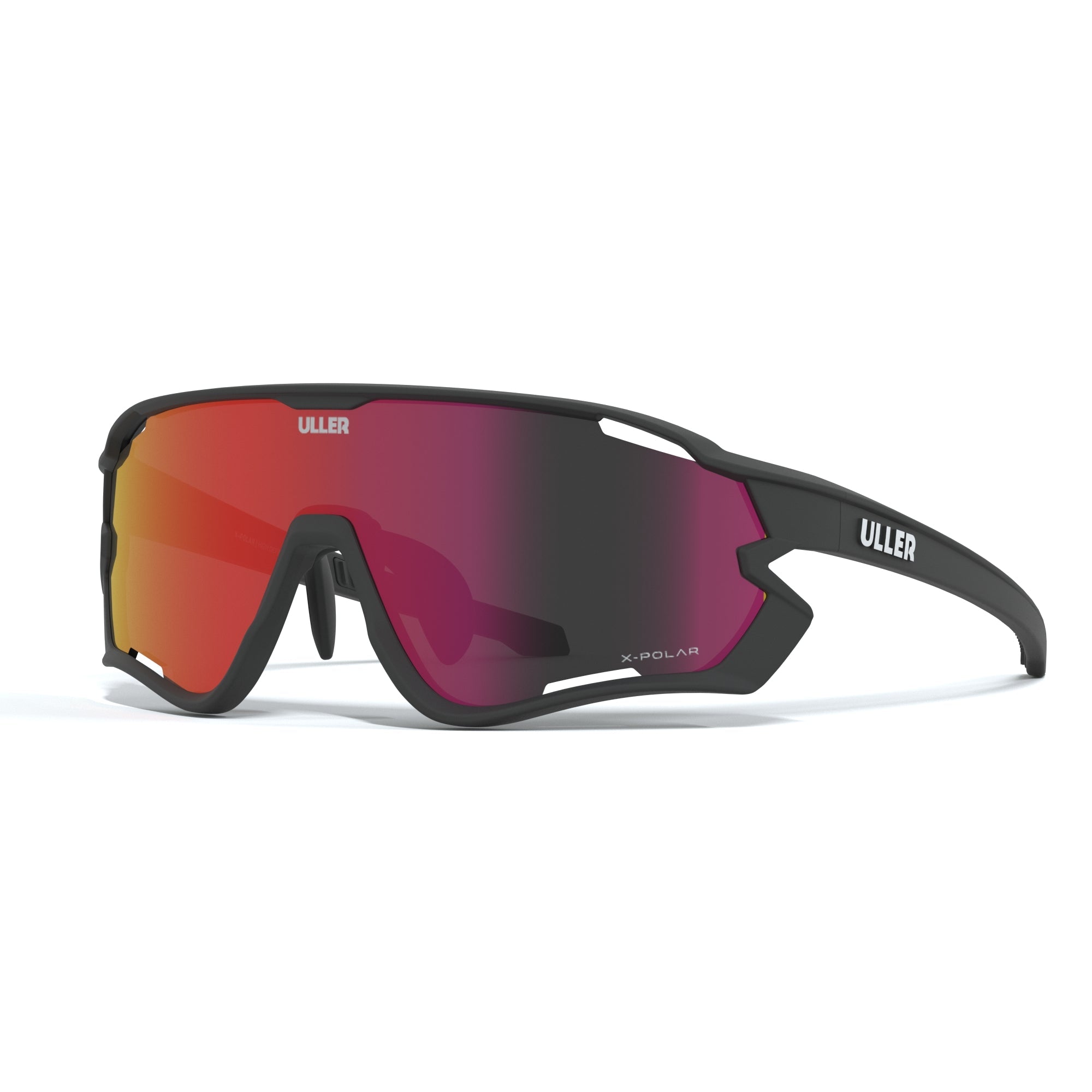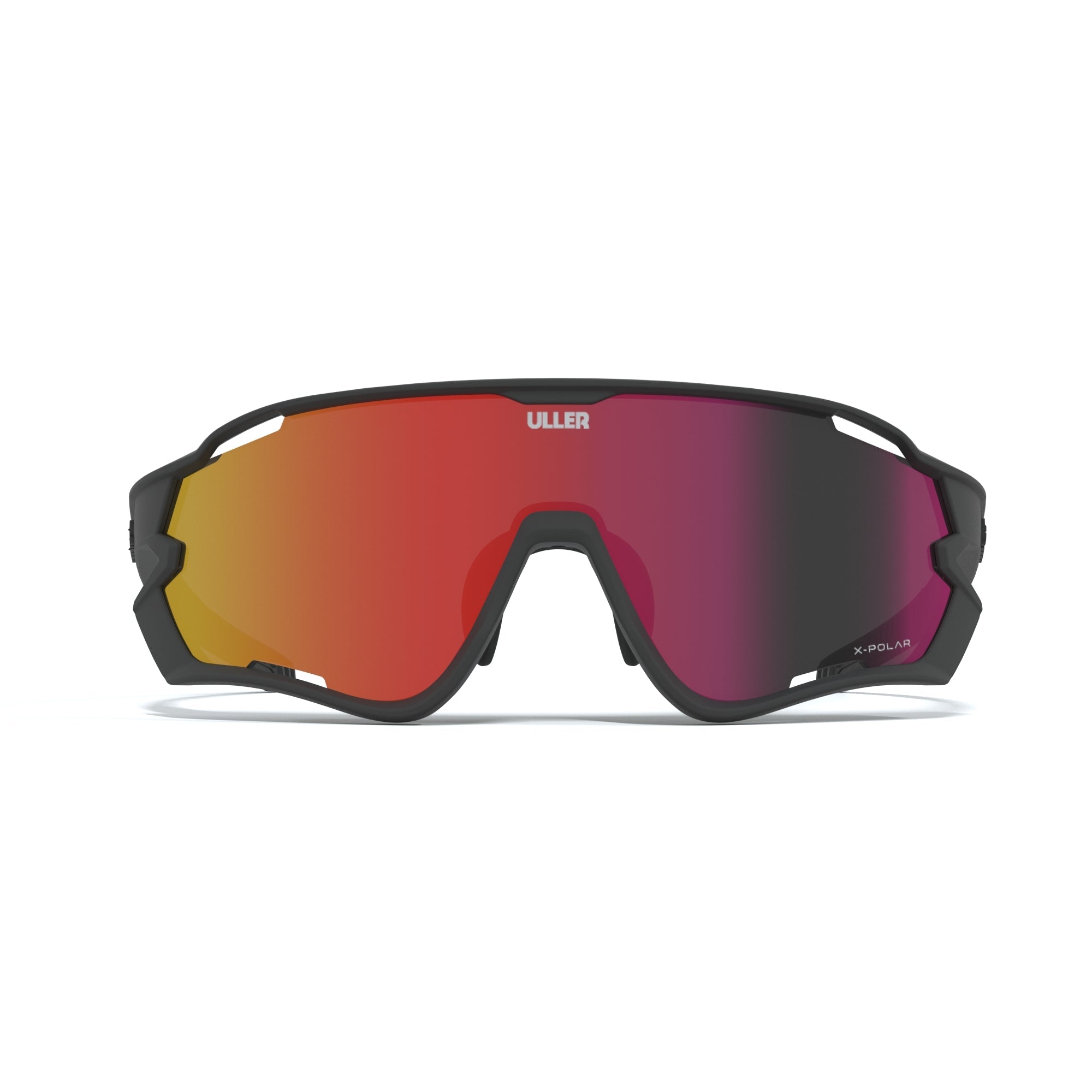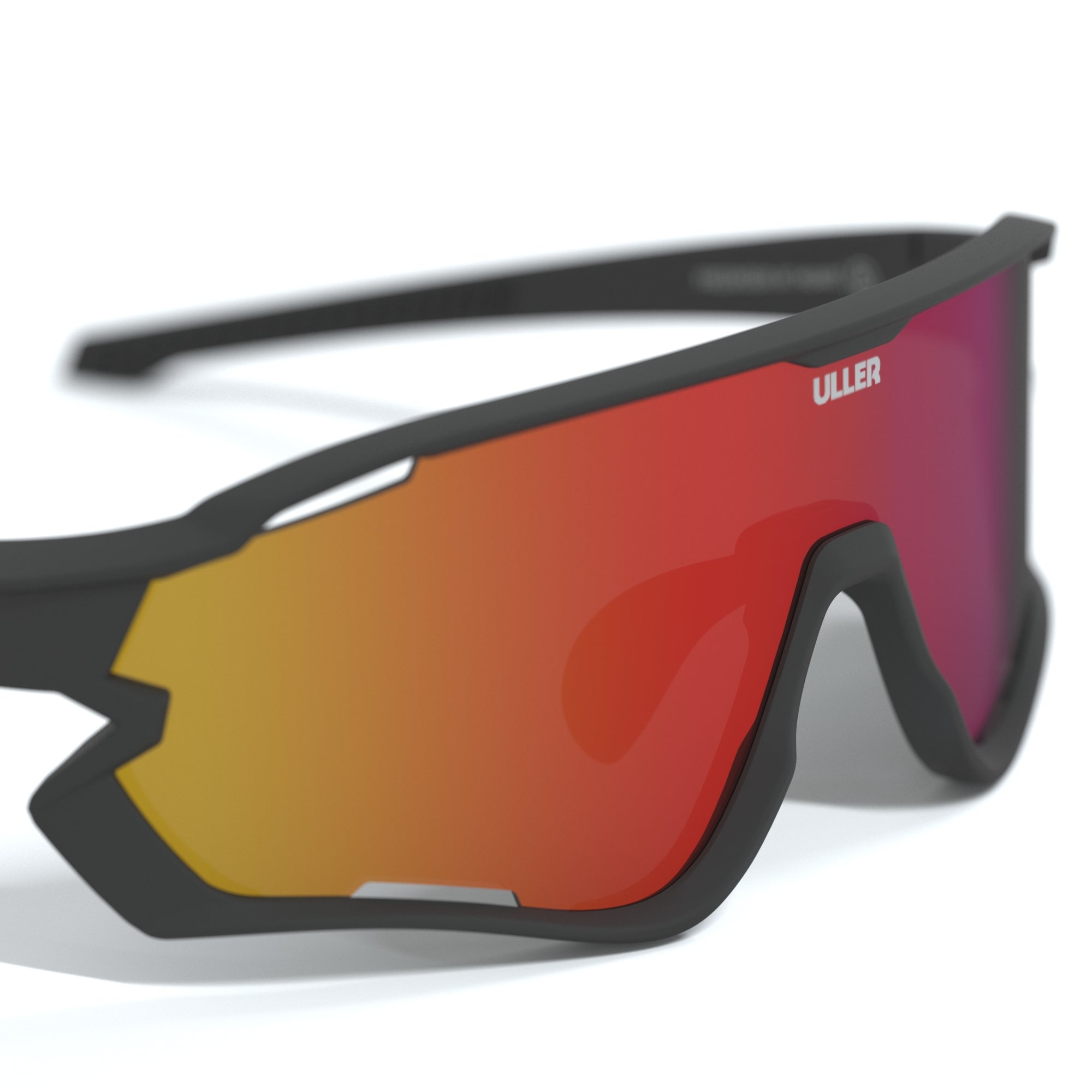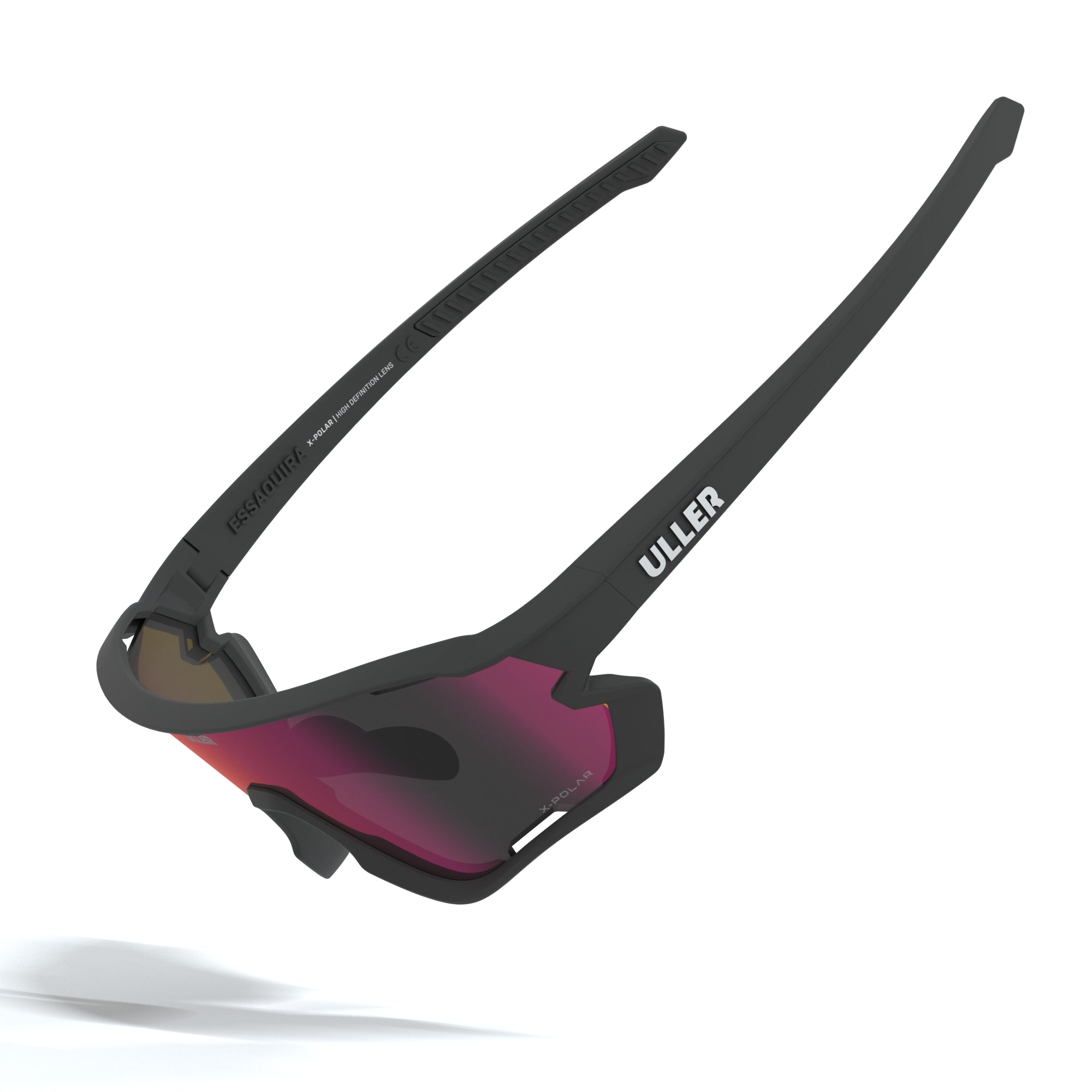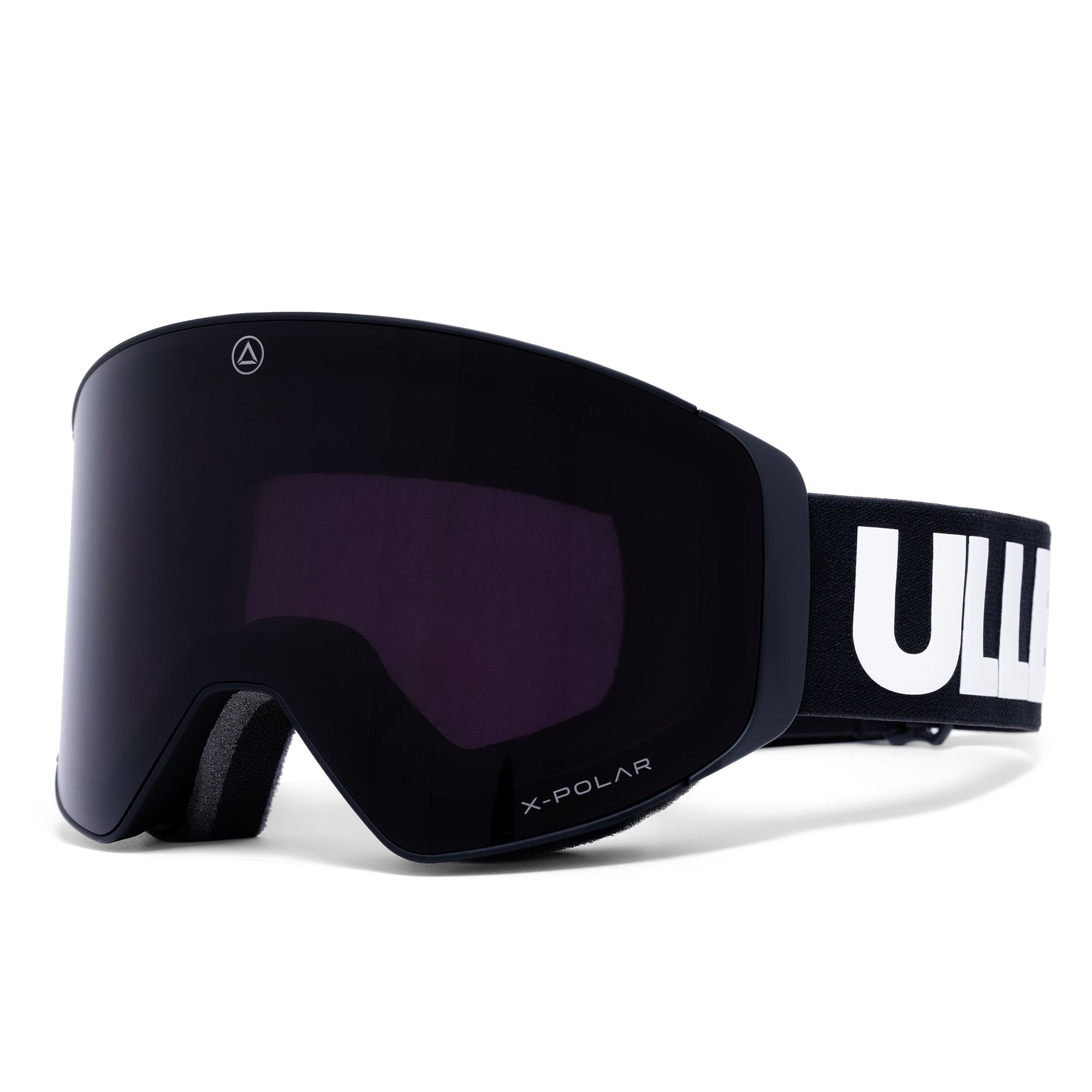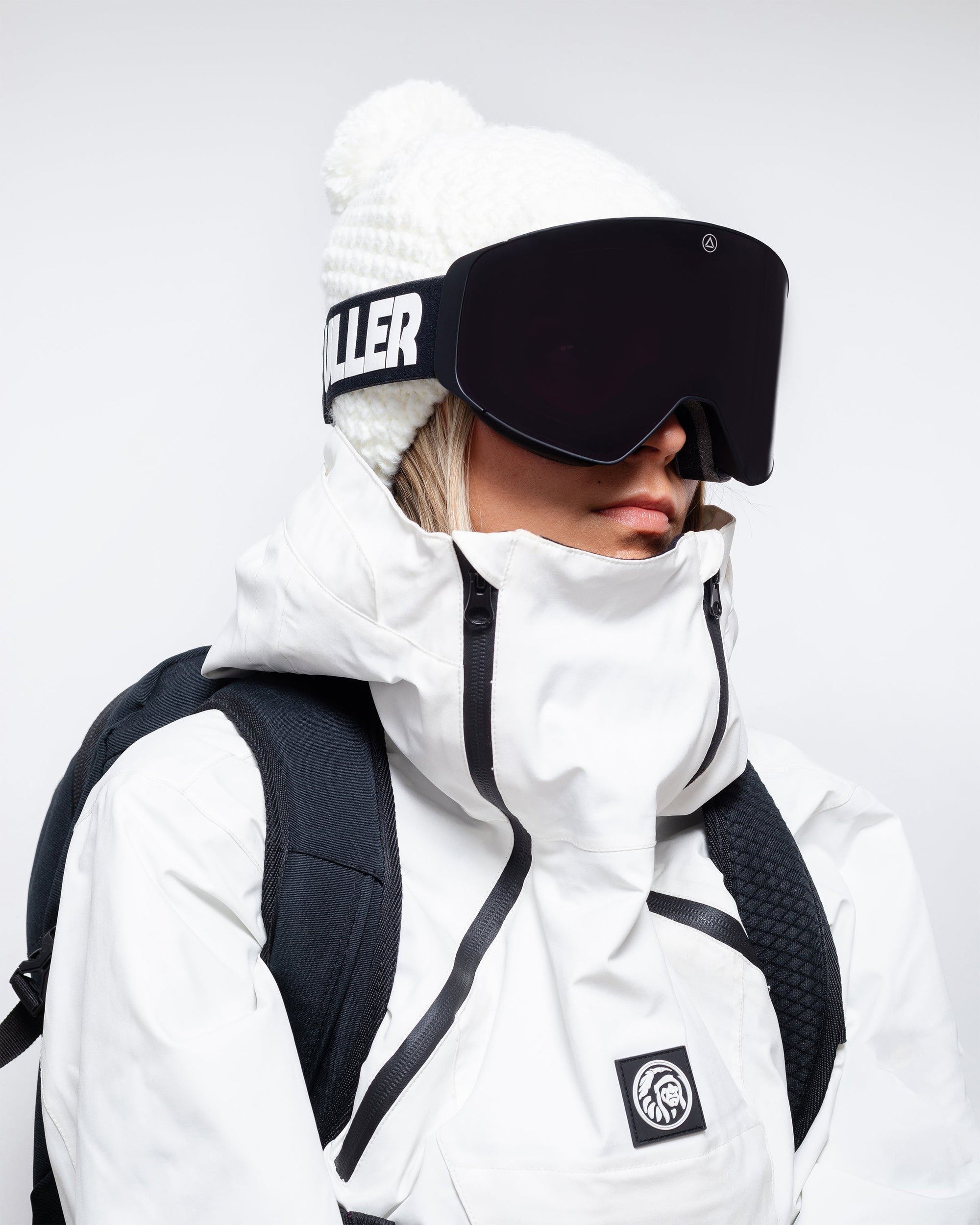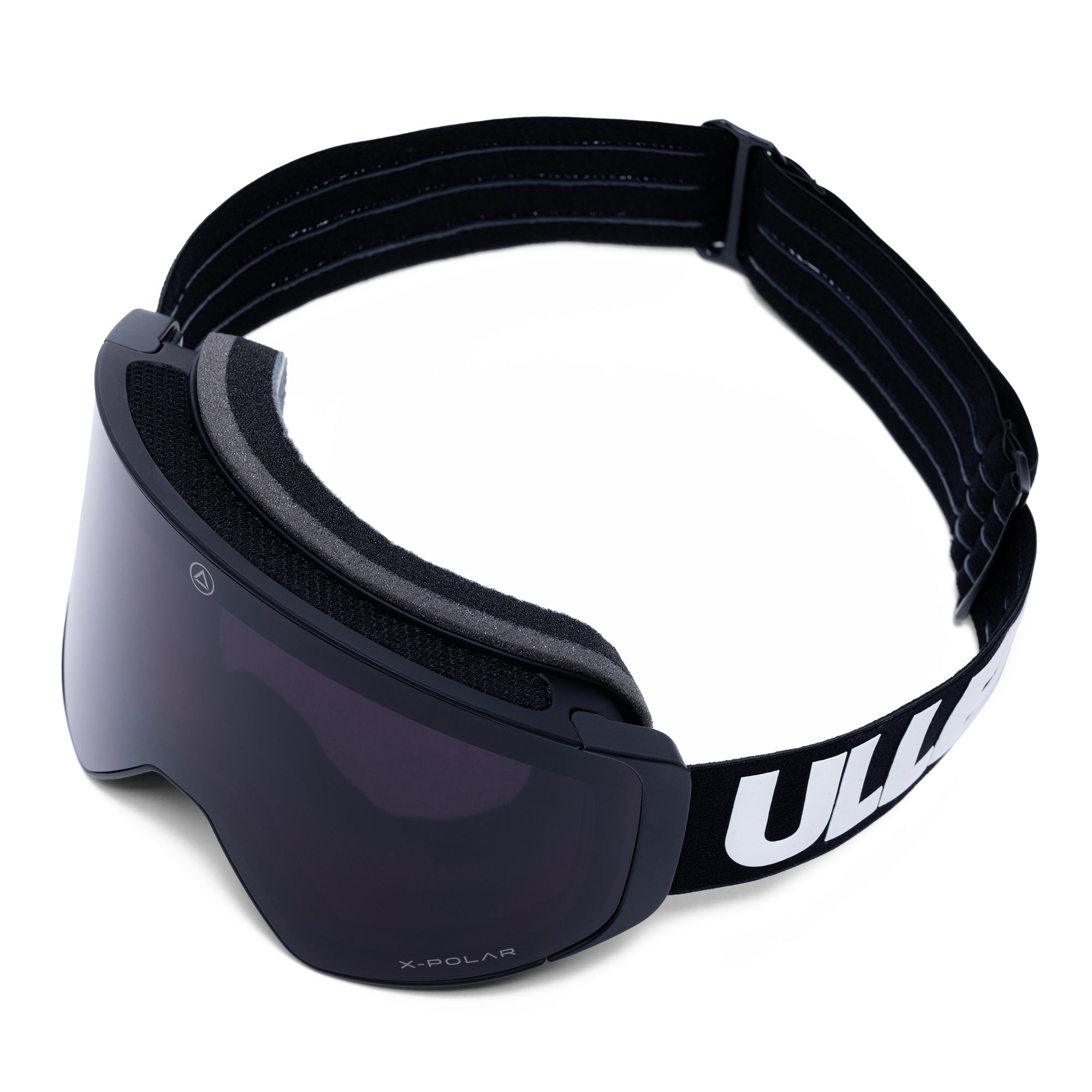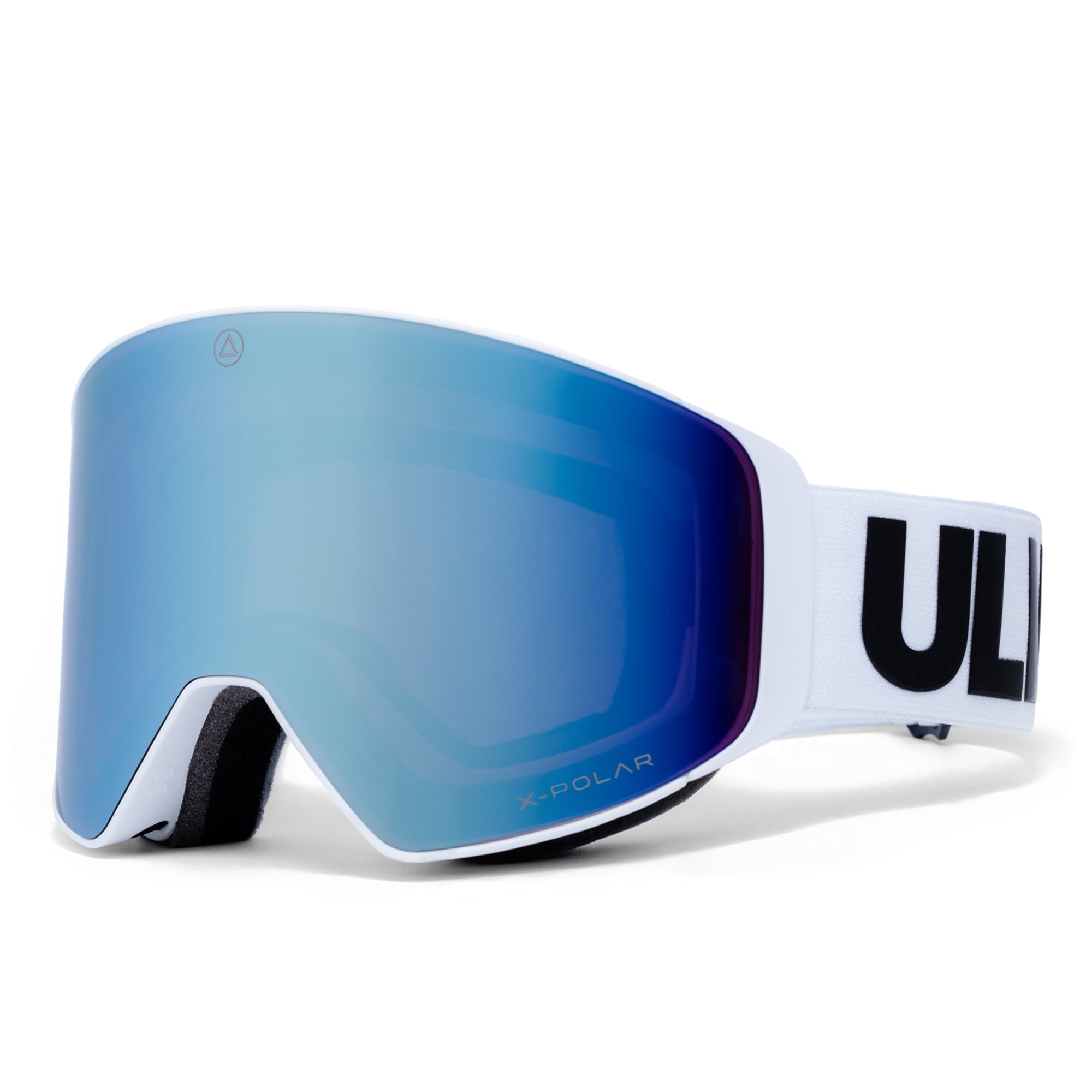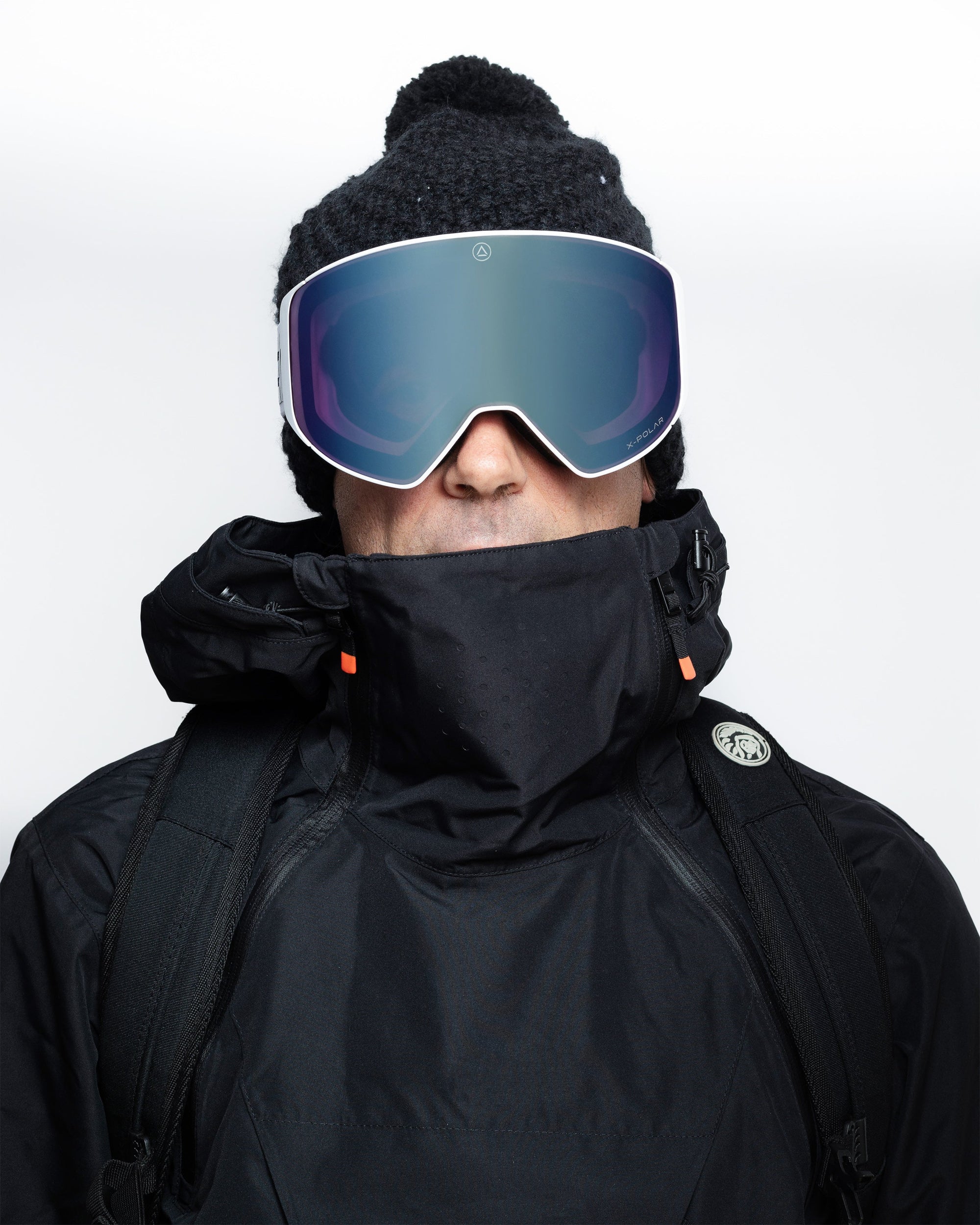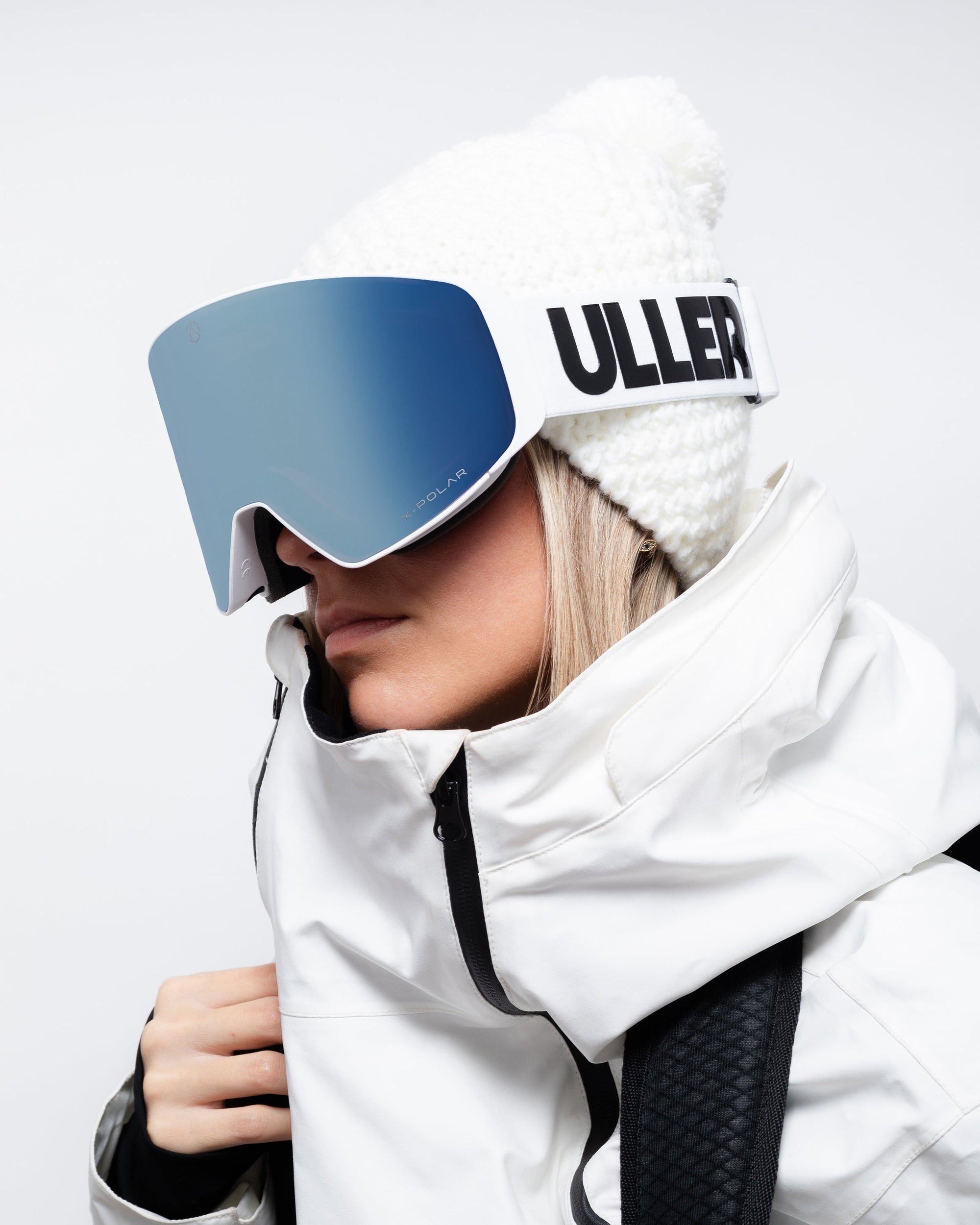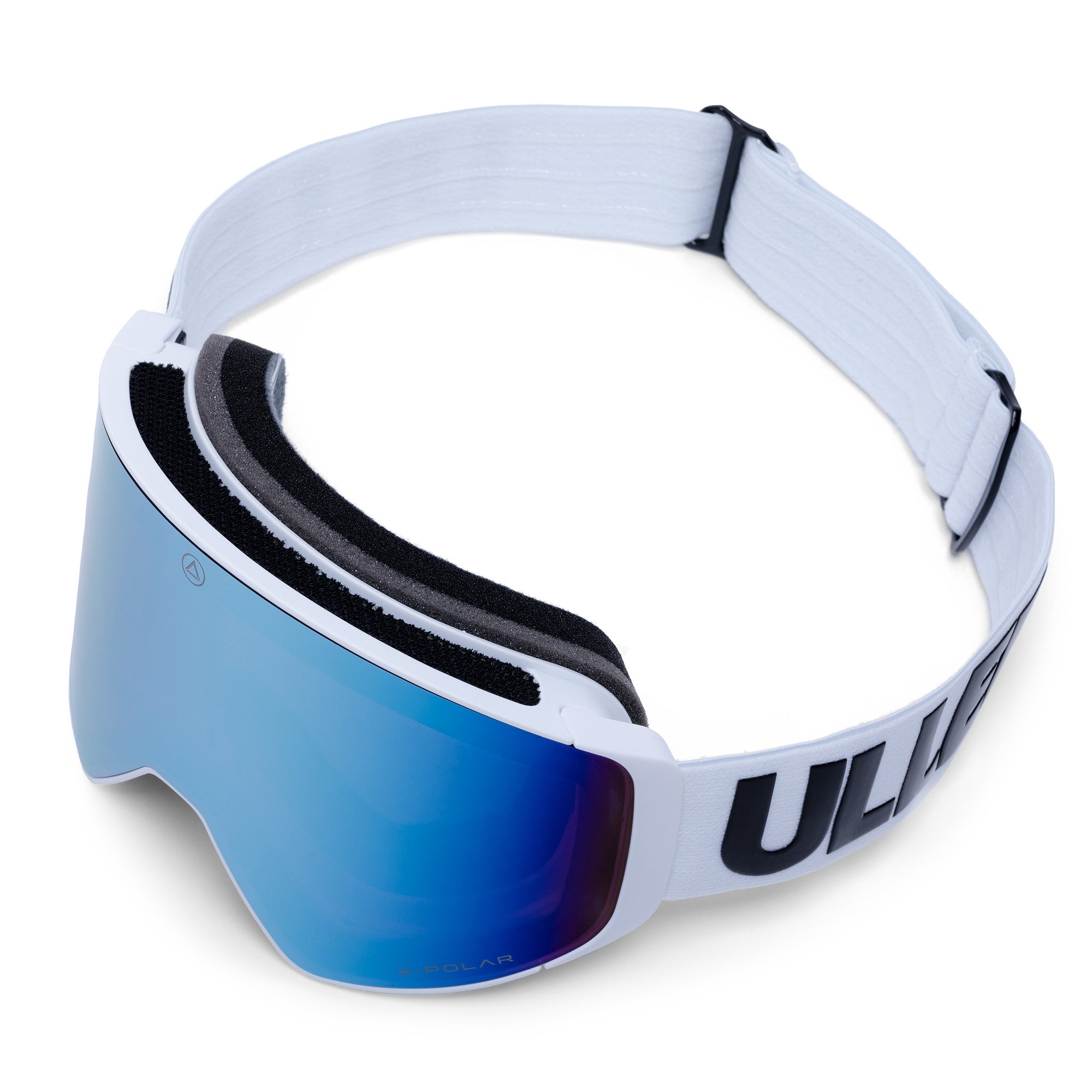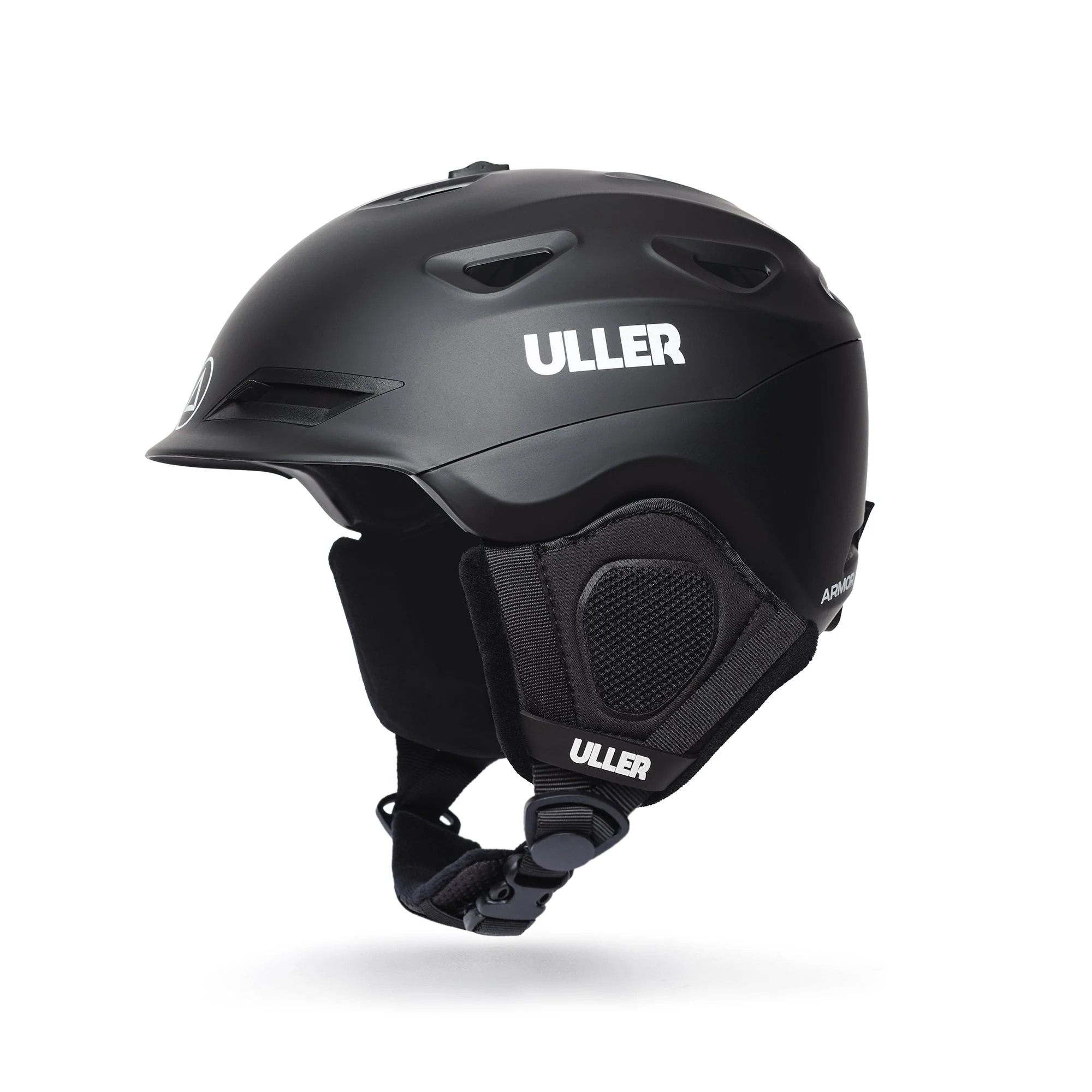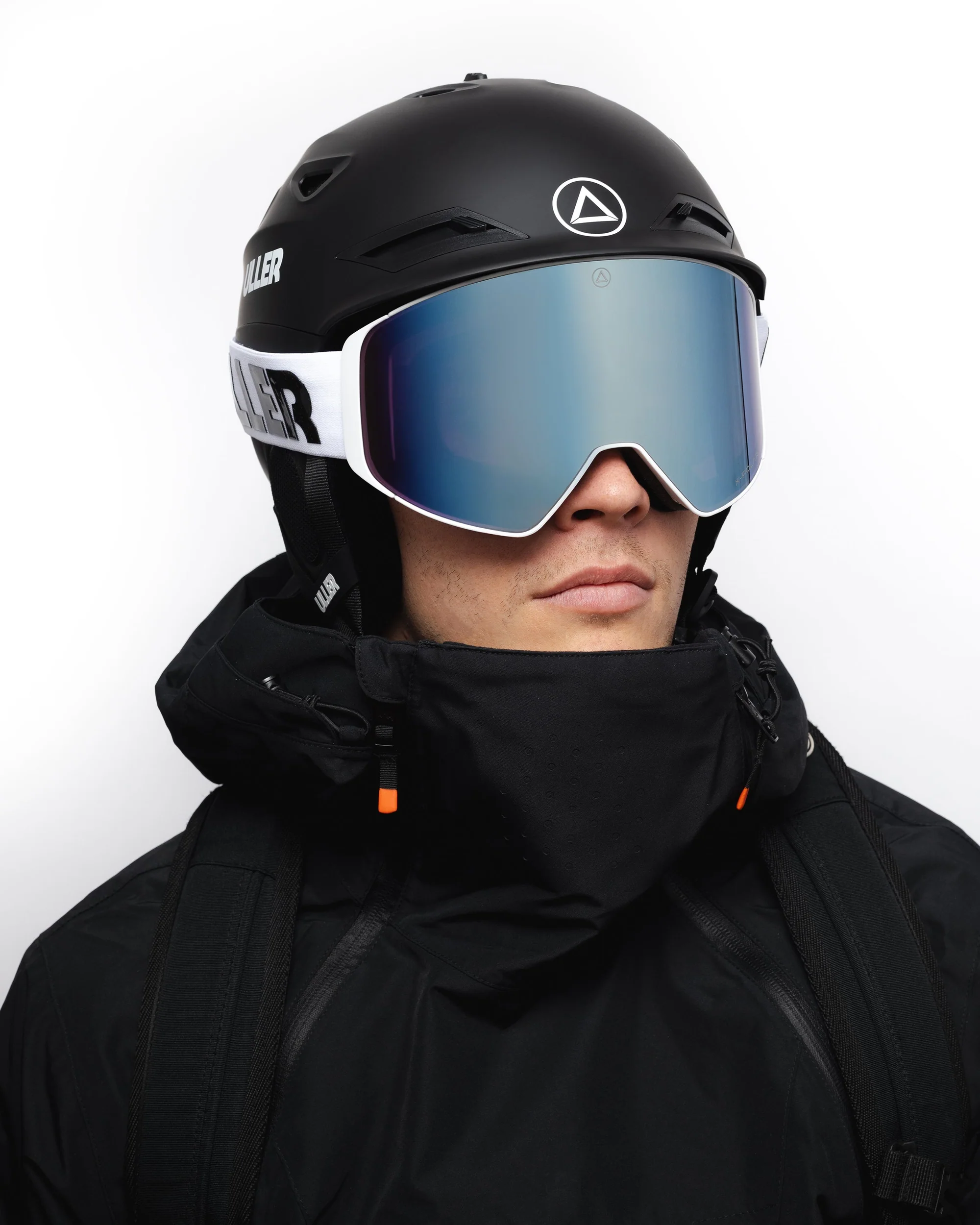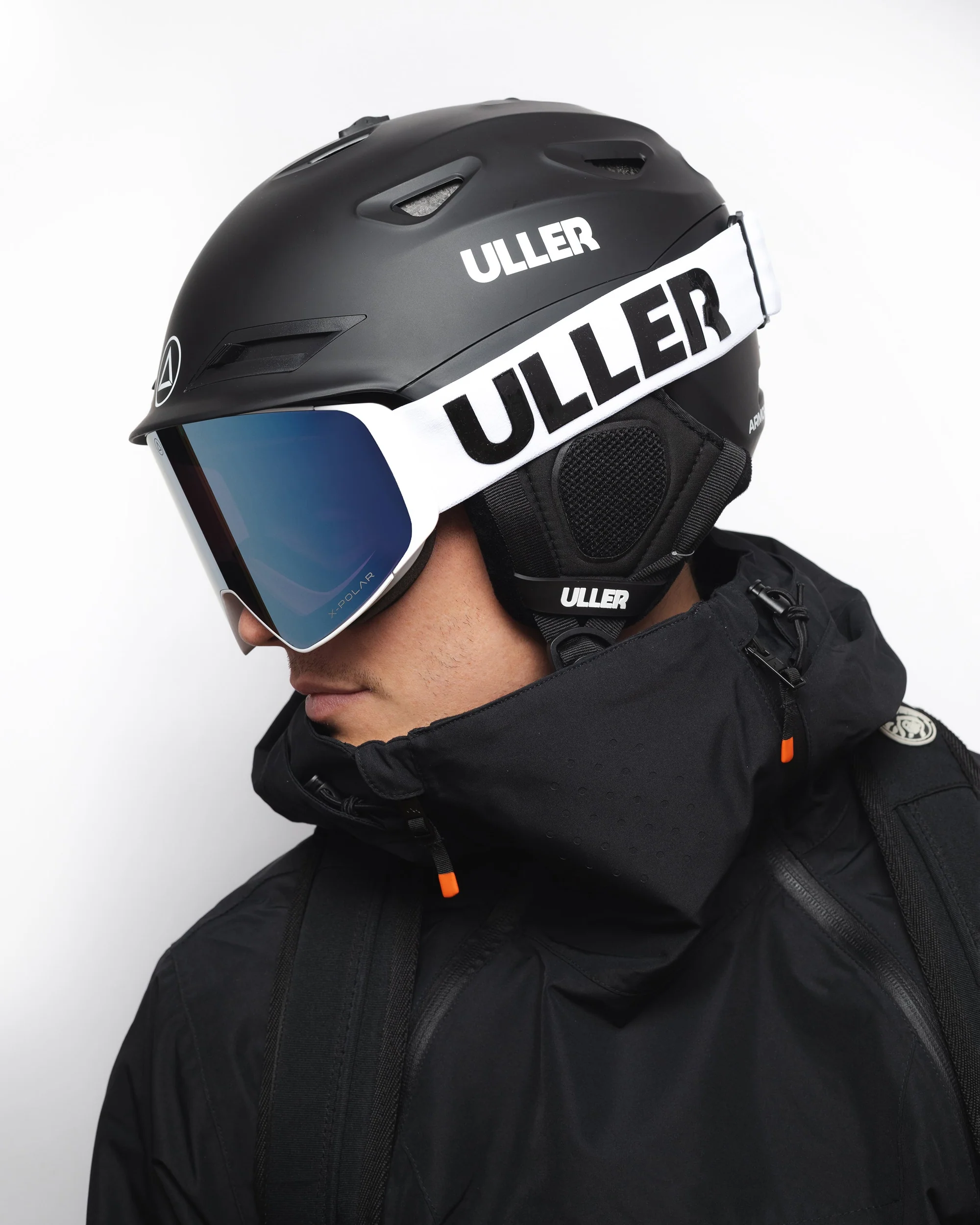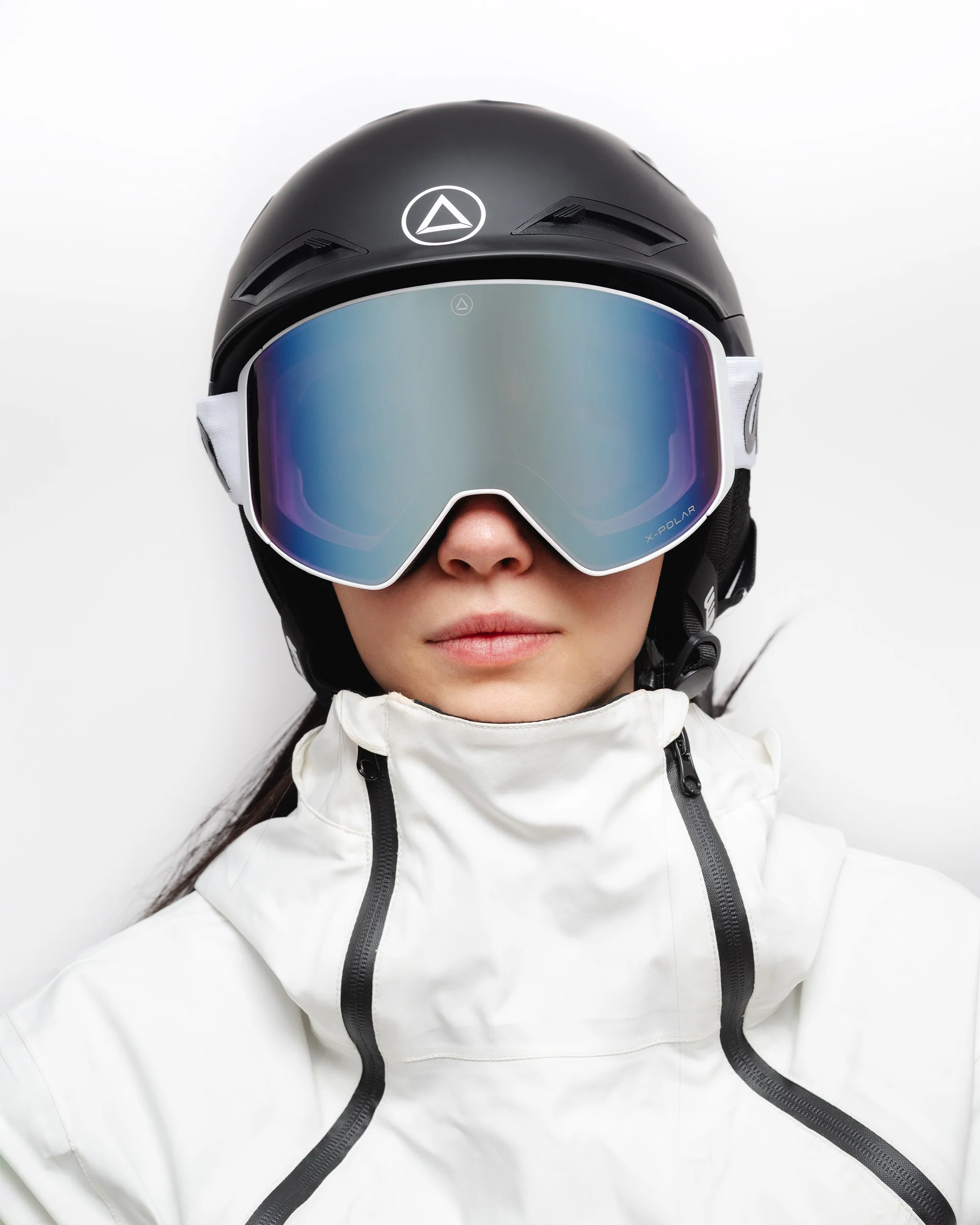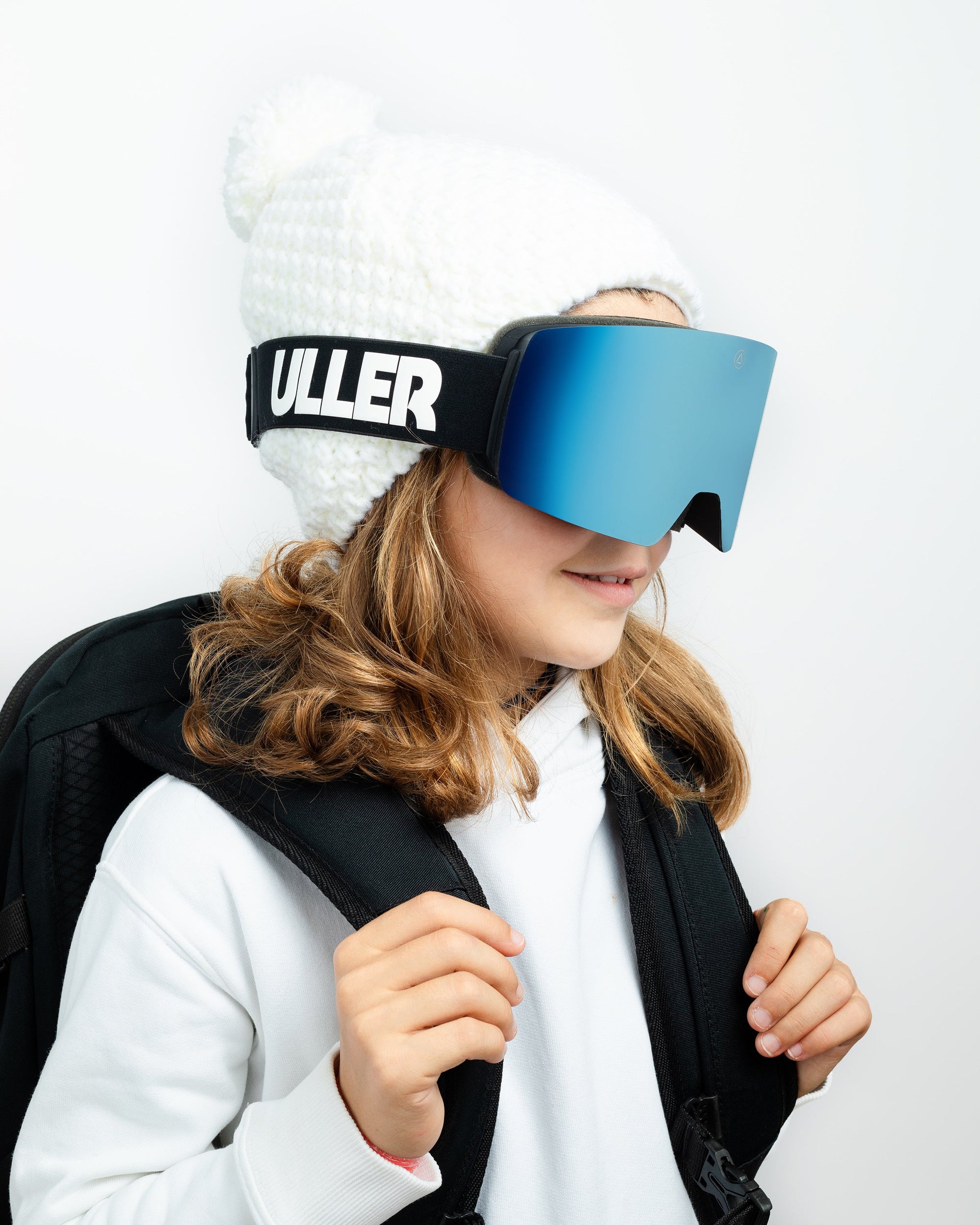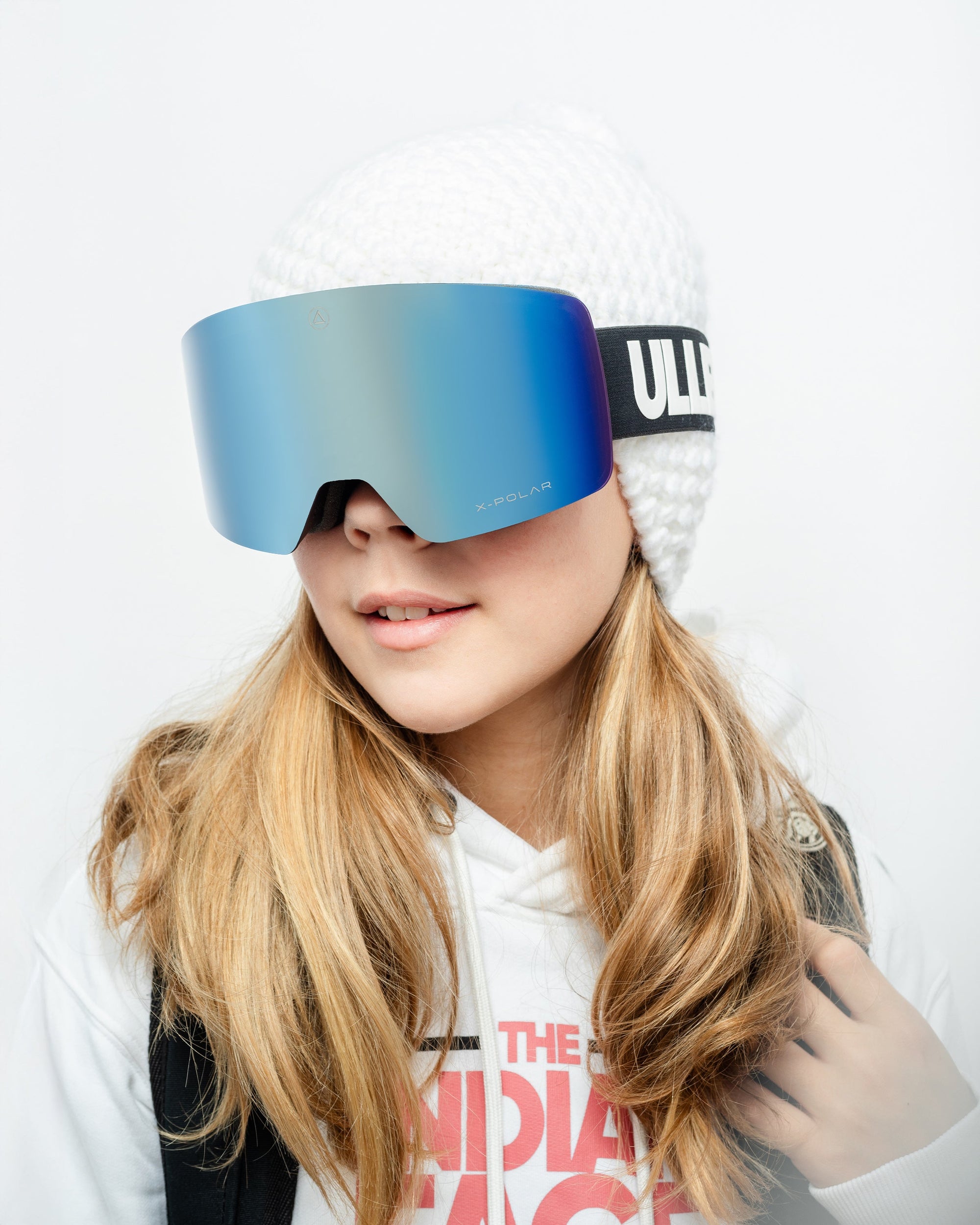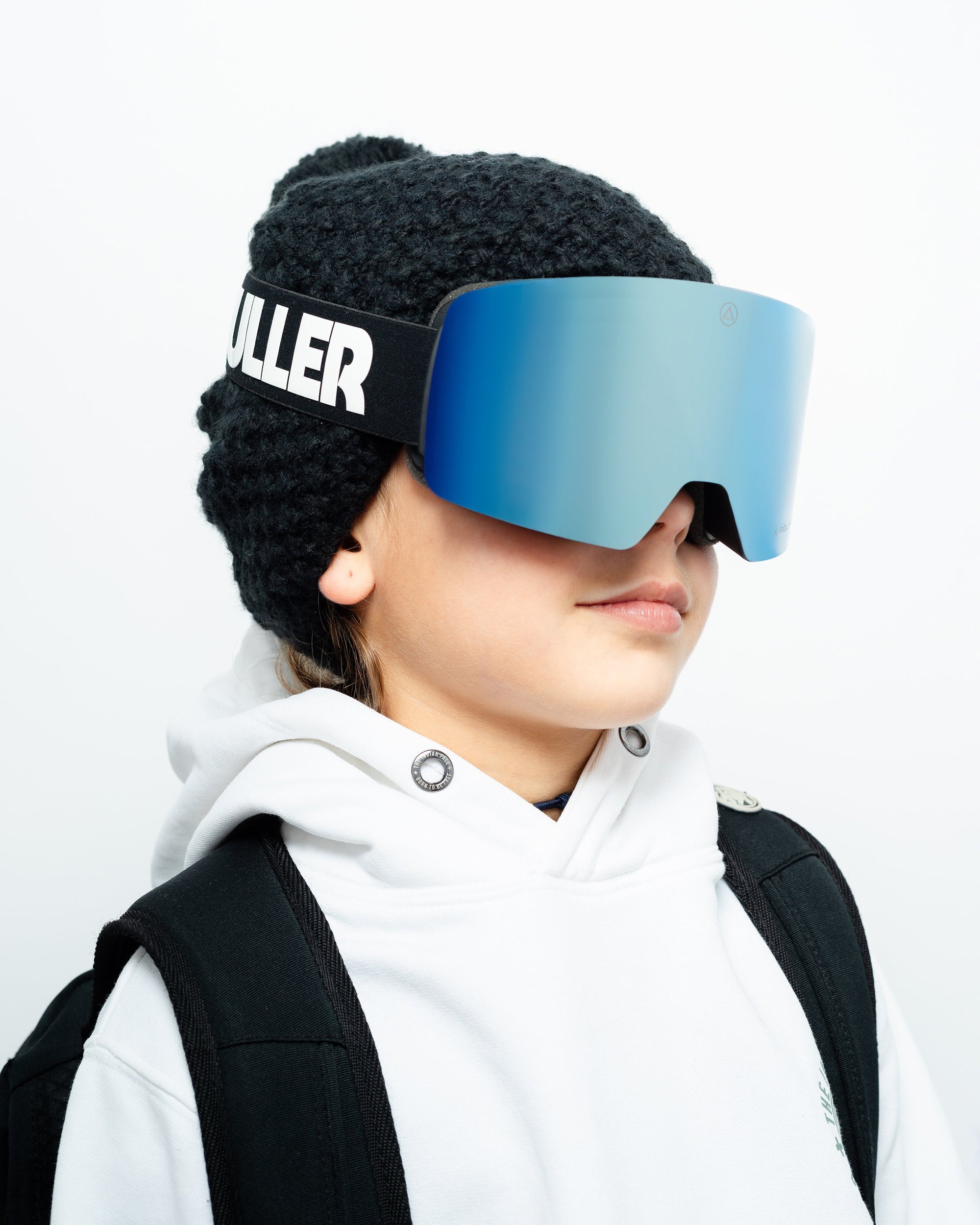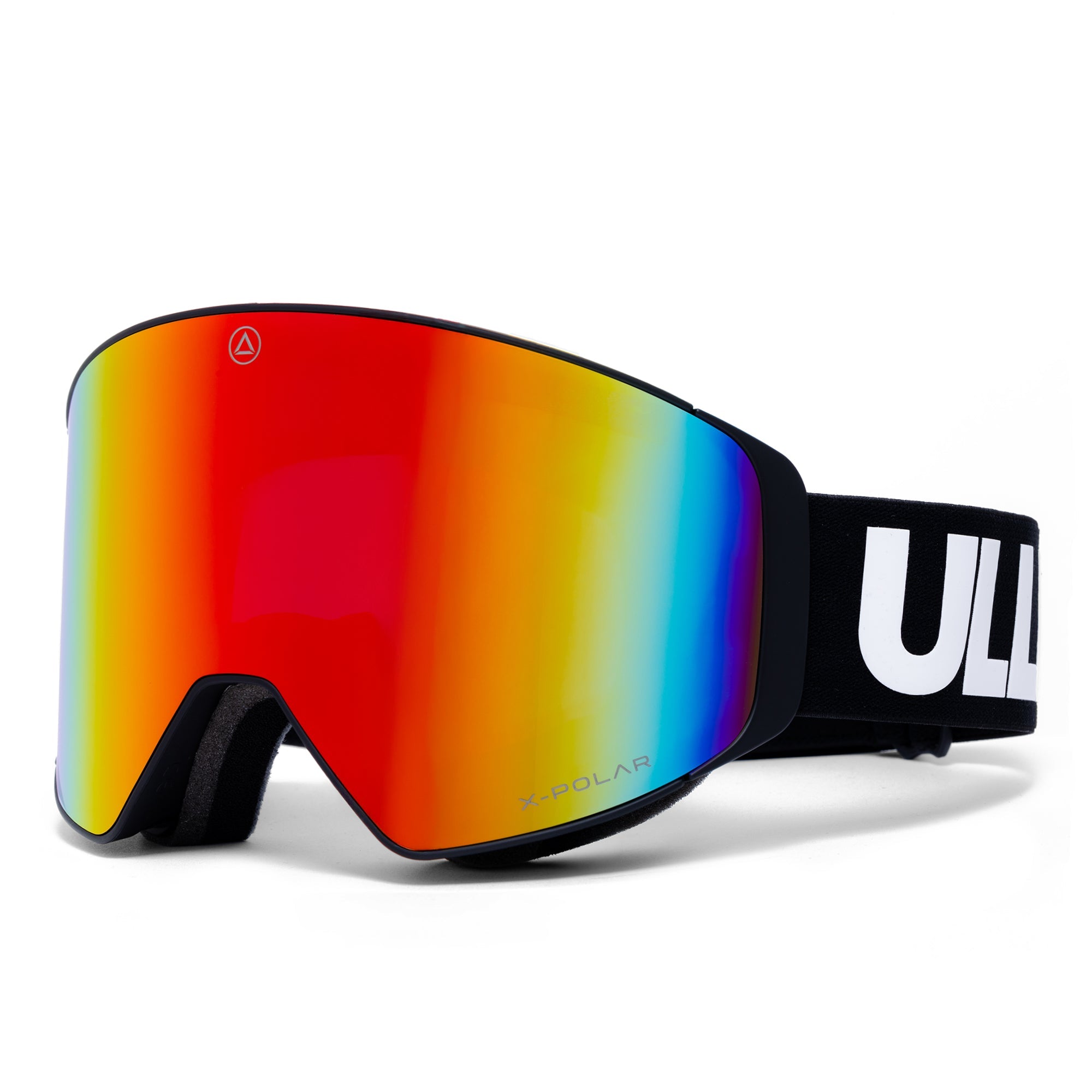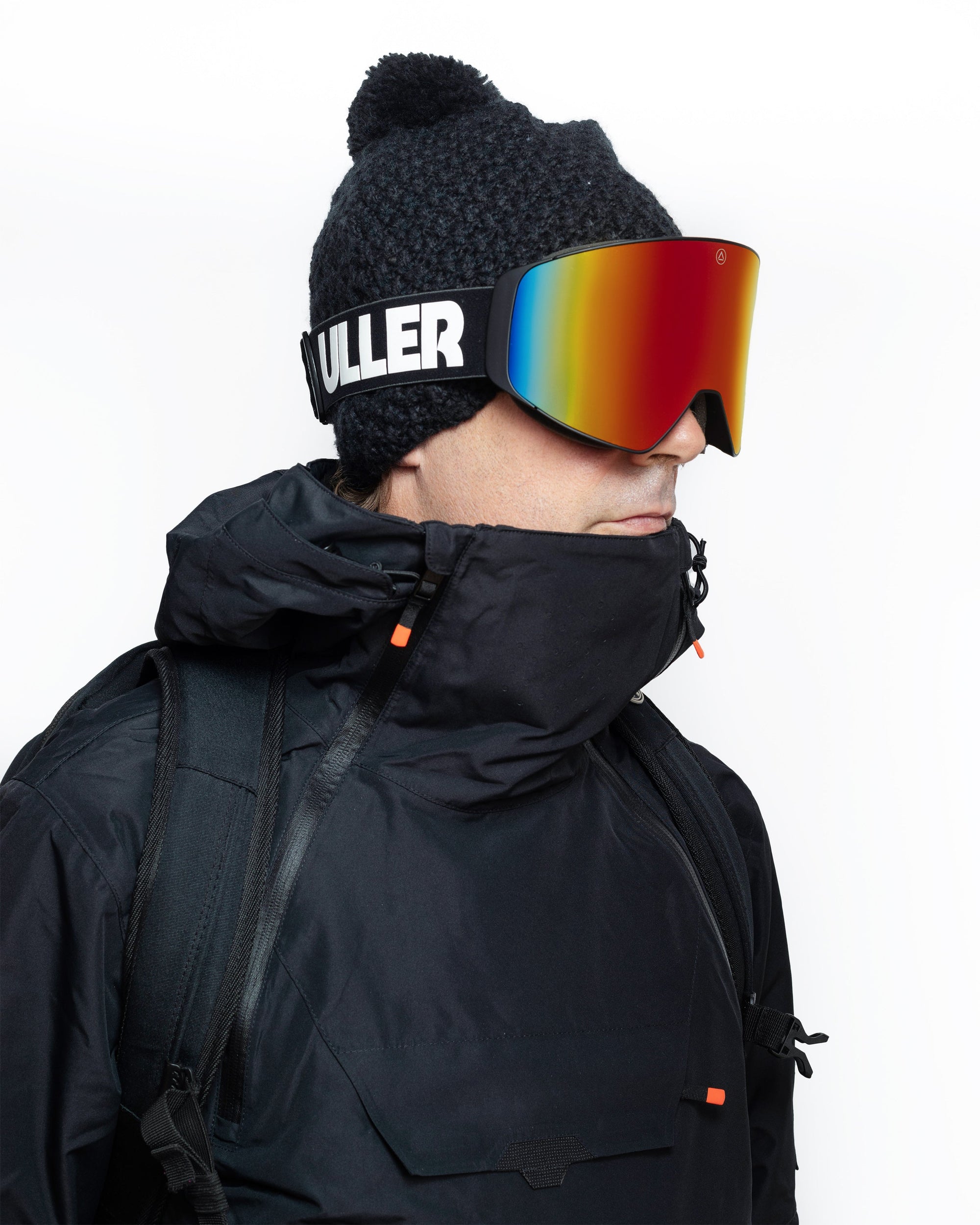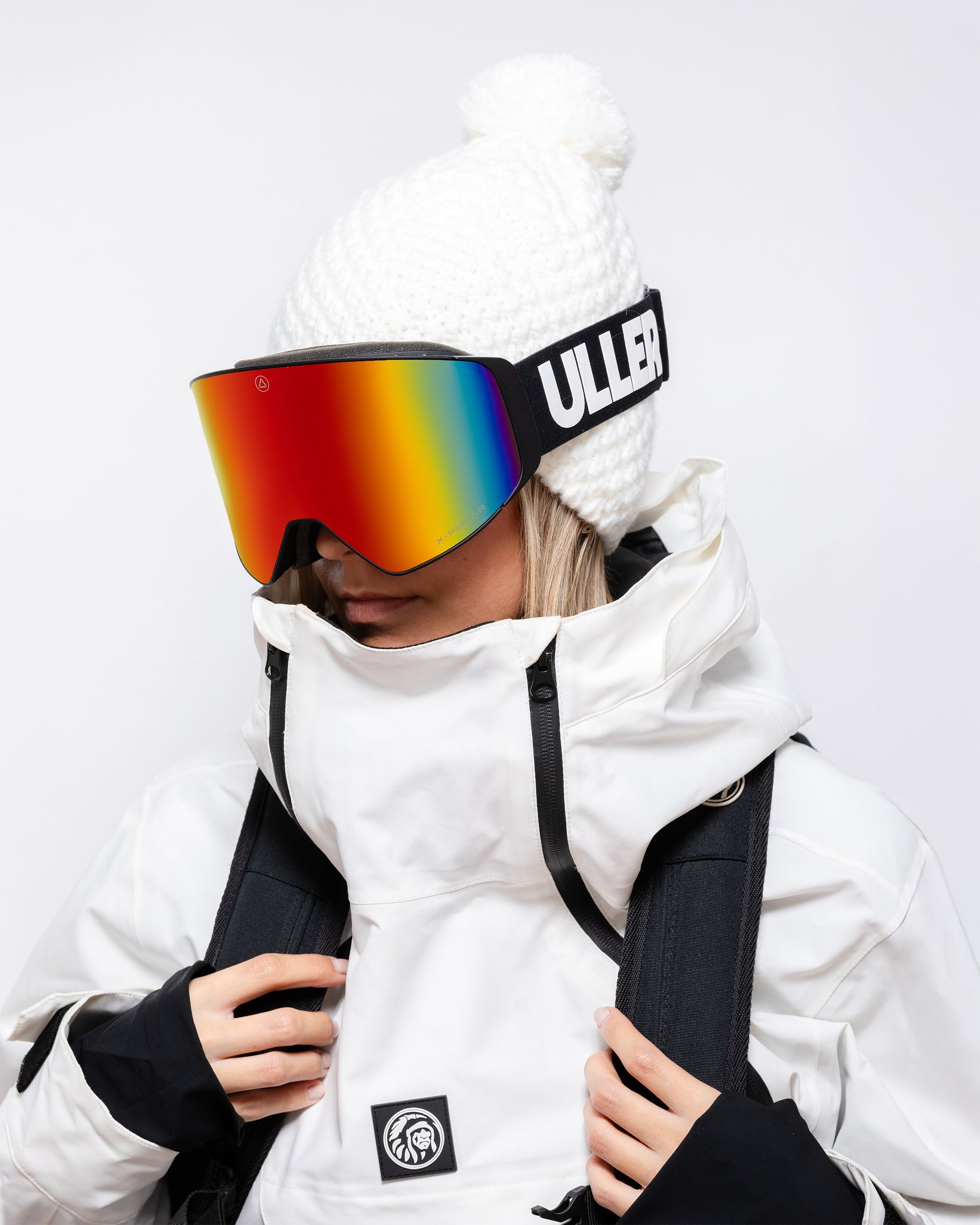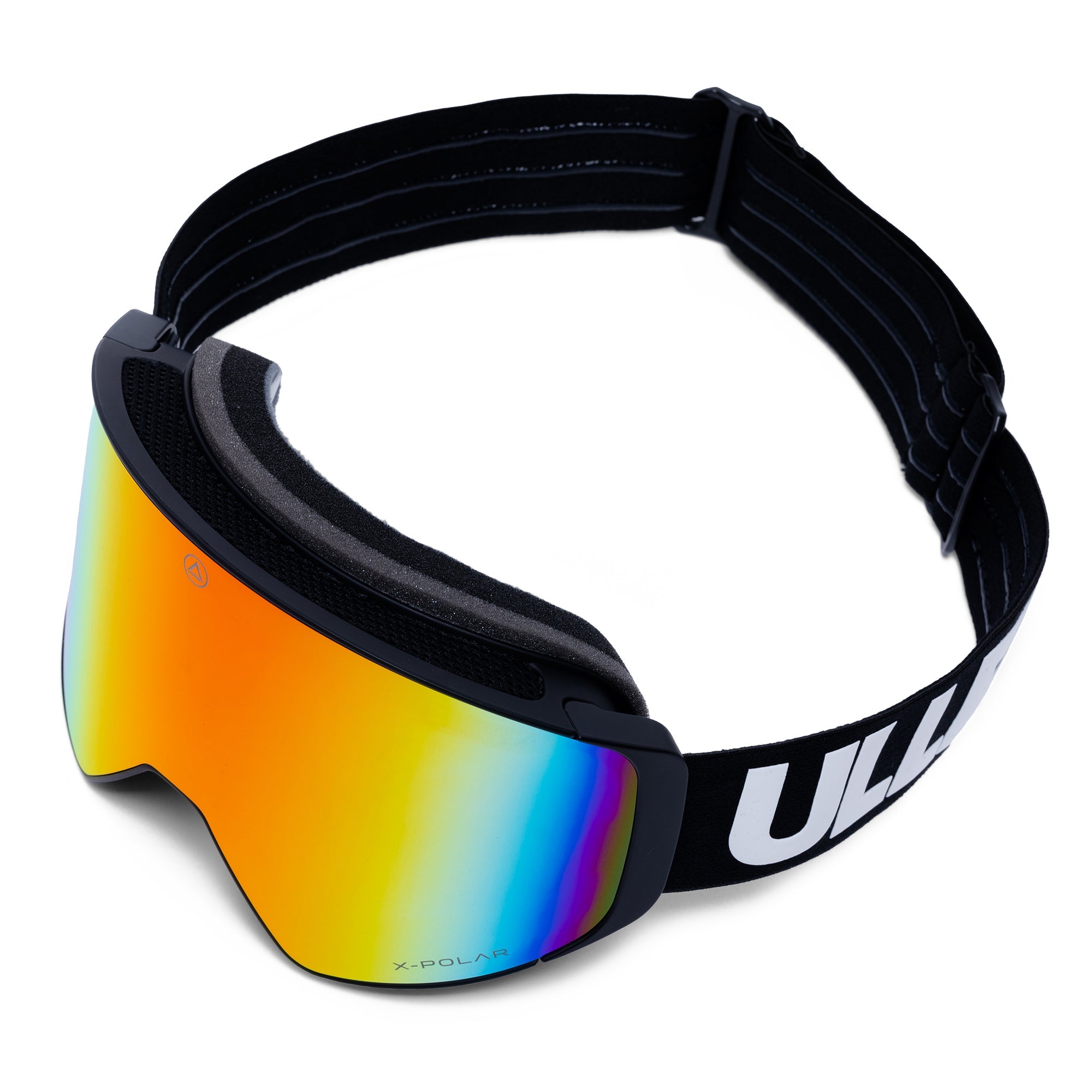SHOULD I ALWAYS WEAR MY SKI GOGGLES?
If you are asking yourself this question, the answer is YES! Without a doubt, skiing has become a synonym of passion, adrenaline and fun.
The ski is considered one of the most challenging and fun snow sports of all, because it has an immense variety of modalities, jumps, pirouettes and tricks that are cool, and that leave more than one bowled over.But like all adventure sports, you always need to bring all the necessary equipment. Do you already know why you should ALWAYS carry good protective ski goggles with you when you practice this sport?
Carrying the complete equipment for practicing skiing in any of its modalities is essential to achieve our goals, including ski goggles. And it is that the luminosity in snowy areas is very high, especially in winter, because the position of the sun in the sky is lower, and the sun's rays fall with a reflective inclination, which ends up being very harmful to the health of our eyes. . In addition, when we are in action, protecting ourselves from the weather and the snowy wind when skiing is necessary to guarantee a good vision when skiing.
WHICH SKI GLASSES SHOULD I CHOOSE?
Consider that your ski goggles ski must indisputably comply with ISO standards in order to properly protect you from solar radiation. They must also be endorsed by the CE and follow European safety standards.Likewise, it is essential that they fit your face very well, including the side areas. Remember that ski goggles will not only protect your eyes from the sun's radiation, they will also help you perform when you ski, because they will improve your visual agility.
Keep this in mind the next time you choose your ski goggles , because the truth is that not all of them will be worth the same, much less if you buy them in stores unauthorized or in flea markets. Nothing of that! The recommendation is always to buy ski goggles in physical stores or online stores that give you options and models with the best quality standards, and the best possible materials and crystals.
Having excellent vision when we practice sports in the snow ensures better mobility and visual range. For this reason, it is essential that we choose the correct ski goggles that suit your needs.
You should always choose ski goggles with high technical features that ensure better performance, flexibility and mobility when skiing in the most extreme conditions. The best thing to do is to invest in quality when it comes to ski goggles>ski, and choose products of the highest level. Remember that this does not mean buying the most expensive masks, but those that best suit your needs.

WHAT CATEGORIES OF LENSES FOR SKI GOGGLES ARE THERE?
There are currently different filter categories in the lenses of goggles ski, ranging from CAT0 to CAT4. The numbers in each category indicate how dark the lenses are and the amount of light absorption they provide. Keep in mind that this is different from the absorption of radiation, whose protection comes from UV400 protection.
CAT0 absorbs the least (these are almost transparent), and CAT4 absorbs the most (you'll see they're really dark). Normally, if you do not have a special eye condition, the ones you will use the most are category 1 and category 3 to practice skiing or snowboarding.
- Category 0: They are almost transparent crystals and light transmission filters from 80% to 100%.They can be colorless or have some very light color. They are indicated to practice ski at night or very early before dawn. Also on cloudy days or with the possibility of blizzards.
- Category 1: Its light transmission filters from 43% to 80%. They are softened color lenses, ideal for use when the light is low and to avoid discomfort from excessive external light in almost any circumstance.
- Category 2: They are moderately dark. Its light transmission filters from 18% to 43%.They are indicated for days of medium luminosity.
- Category 3: Its light transmission filters from 8% to 18%.They have a dark color, enough to feel comfortable under the sun, especially during peak hours. They provide an ideal level of darkness for sports outdoors, where the light intensity changes from medium to intense.
- Category 4: Its light transmission filters from 3% to 8%. They are the darkest among all the categories and their light transmission filters from 3% to 8% only. They are used in circumstances where the light is such that a CAT3 lens is not sufficient for the skier.
TIPS FOR CHOOSING THE MOST IDEAL SKI GLASSES
- Eye protection is essential for every skier. Remember that your ski goggles should always have 99% or 100% protection so that they really protect you from radiation.
- Make sure they have UV-400 protection, since their filter will protect you from UVA and UVB rays. So your ski goggles will correctly block the sun's ultraviolet rays, with a wavelength of less than 400 nanometers.
- Buy ski goggles with interchangeable magnetic lenses. It will allow you to use the perfect lens according to the weather and light conditions in which you find yourself. As? You can choose and change the lens category on your goggles as it suits you instantly.
- Opt for ski goggles with the “Antifog” or “Antiniebla” system. This will help you avoid fogging in action.
- Choose goggles ski with internal ventilation system. Only masks with anti-condensation technology will allow progressive air recirculation and guarantee better visibility.
- Buy ski goggles that fit your face and face correctly. They must have anti-slip adjustment straps to fix them well to your head and to the helmet.
- Look for light ski goggles. The available material is thermoplastic polyurethane, which provides the highest quality and lightness.

LEARN MORE ABOUT SKIING AND ITS MOST POPULAR MODALITIES!
If you are just starting out skiing, perhaps you are somewhat fearful, and you are still getting used to walking quickly on the snow or carrying all your equipment in hand. I'm also sure that right now you have a lot of respect and caution when picking up speed. Don't worry, practice makes perfect! It is about having a lot of dedication, excellent conditions and a lot, but a lot of spirit of adventure. It will only be a matter of time before it becomes completely natural for you to put on your skis, grab your ski goggles, and fill yourself with adrenaline when you ski.
Without a doubt, skiing is one of the most challenging and wide-ranging sports of all, and therefore there are many ways to practice and enjoy it. Despite the fact that there are many categories and varieties of ski that change from region to region, it can be said that the most popular types of ski are: alpine skiing, cross-country skiing, cross-country skiing, freeride skiing, speed skiing and freestyle skiing. Keep reading and learn a little more about them!
ALPINE SKI
Alpine Skiing owes its name to the Alps, the region where it was first practiced. It is one of the most classic and popular modalities of the sport, and for this reason it is known simply as “skiing”.It is based on the descent with skis in the snow following a route demarcated with blue and red beacons (doors), on steep mountain slopes for the shortest possible time.
Modalities of Alpine Skiing
- Descent: a three-day competition, the last being a test with dizzying speeds.
- Slalom or Slalom: short course with many gates distributed along the course (between 55 and 75) with a distance of 75cm and 15m between them. The turns on this track are tight and are usually quite tricky; the favorite of the experts.
- Giant Slalom: 2 descents per course; it requires that the skier have a lot of experience in drawing turns at high speed. The least sum of both times in the descents announces the winner. This modality reduces the distance between its doors to at least 5m. This mode reduces the number of gates compared to normal Slalom.
- Super Giant Slalom (Super G): This modality fuses speed with precision and agility, and a single descent is performed. Whoever manages to do it in the shortest time is the winner.
- Parallel: consists of two simultaneous descents in a short route.Parallel skiing is very exciting because the winner is the first to cross the finish line.
- Combined: has two parts, one slalom and one downhill. It requires greater precision and speed techniques than the rest. In this case, the competitor who marks the lesser sum of his two best times becomes the winner.
The alpine skiing is in fact the most practiced type of skiing and it is surely why you started or will start in this sport.Keep in mind that it is a modality that you should not do if you do not wear the correct equipment and good ski goggles.

CROSS-COUNTRY SKI / NORDIC SKI
It is also known as Nordic skiing, cross-country skiing or cross-country skiing. It involves traveling long distances at high speed in the shortest possible time, on undulating, flat or moderately sloped terrain. These are the modalities of Nordic skiing:
- Classic Nordic Ski
- Nordic Ski Skater
- Biathlon
- Ski Jumping
- Nordic Combined
TOOURING SKI
Cross-country skiing combines alpine skiing with mountaineering, and is not carried out in marked or prepared areas. An excellent physical condition is essential for its practice, both for the ascent and descent of the mountain. In this modality of the ski both the ascent and the descent are carried out as excursions.
FREERIDE
Freeride is an incredible ski modality that is done off-piste, and is specially designed for riders with a free spirit. It does not follow a demarcated route, and therefore the skier is free to choose where to move. This particularity makes it especially exciting because we take our own course, while we appreciate the landscapes in a different and unique way. It is practiced in virgin mountains where there is powder snow, considerable slopes and natural obstacles, so it does involve certain risks and a lot of adrenaline in the action. Freeride is a modality that is designed for skiers with a lot of experience in the sport.

FREESTYLE / FREESKI
Considered one of the most spectacular forms of skiing. Skiers do a lot of stunts, jumps, and flips when skiing. It was originally intended as a form of fun, but today it has become a recognized snow sport. It includes high jumps and obstacles (potholes and mounds) to perform the stunts. The modalities of freestyle or freeski are:
- Skicross
- Big Air
- Half Pipe
- Ski Aerial
- Mogul
SKI SPEED / KILOMETER THROWN
It consists of descending a slope to reach the highest possible speed on 1km tracks specially designed for the sport.The normal thing is that speed skiers exceed 200 km/h and are usually equipped with suits made of polyurethane or latex, and wear aerodynamic helmets, bent or inclined poles of at least 1m, and skis of maximum 2.4m long by 10cm wide.Speed skiing is a form of sport that became famous in 1930, in a competition held in Saint-Moritz (Switzerland), although today it is not considered a Olympic category sports discipline.

Now that we know a little more about the types of skiing and what are the best ski goggles that you can buy for this sport, you are getting closer to going out and enjoy the action in the snow as you really deserve it. Remember that extreme sports require a lot of physical and mental preparation, as well as the best sports equipment.
Practice a lot and prepare yourself well for the adventure with good ski goggles in any of its modalities!














